1.Management System Certification
Jinpin Computer Technology (Tianjin) Co., Ltd. (hereinafter referred to as Jinpin) has successively obtained ISO9001 quality management system certification, ISO14001 environmental management system certification, product CCC certification, and product energy-saving certification. The entire quality and environmental control system of Jinpin is mainly based on the requirements of GB/T 19001-2016/ISO 9001:2015 Quality Management System Requirements, GB/T24001-2016/ISO 14001:2015 Environmental Management System Requirements and Guidelines for Use, CNCA-00C-005 Implementation Rules for Compulsory Certification Products Factory Quality Assurance Capability Requirements, and CQCF002-2009 Factory Quality Assurance Capability Requirements for Resource-Saving Product Certification, etc. Based on the company's own size and operation mode, Jinpin has established a systematic quality management system and environmental management system to ensure the consistency, reliability, and traceability of product production. The company's system certification and product certification are internally audited once a year and externally audited three times (surveillance audit), and are continuously improved based on changes in standards, market development, and company adjustments, effectively ensuring the continuity, effectiveness, and suitability of the entire management system.
1.1 Quality Management System Certification
Quality management system certification refers to the evaluation of an enterprise's quality management system by a third-party certification body qualified to obtain quality management system certification, based on the formally released quality management system standards. Qualified certification is issued by a third-party agency and registered and published to prove that the company's quality management and quality assurance capabilities meet the corresponding standards or have the ability to provide products according to the specified quality requirements. The quality management system is the foundation for systematically and step-by-step improving the company's major quality activities in order of importance.
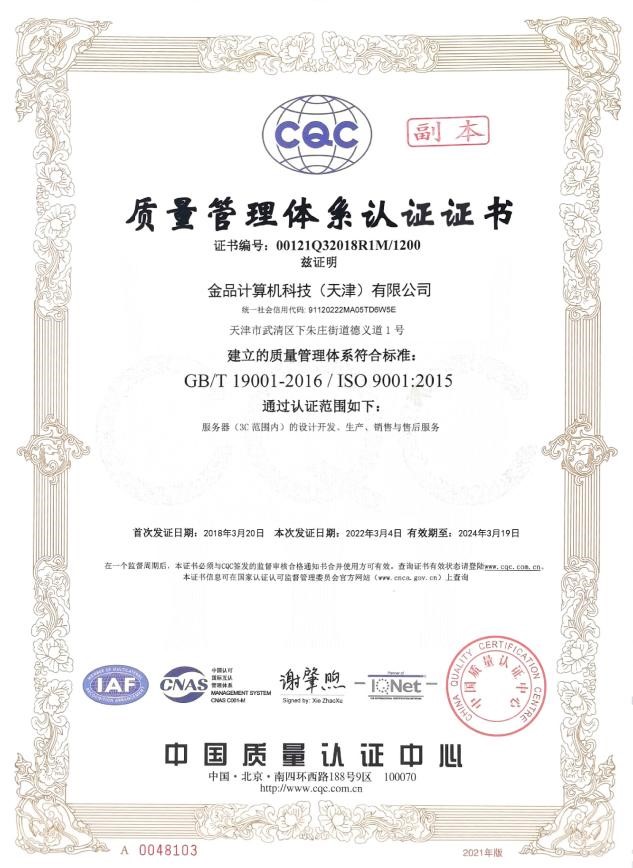
1.2 Environmental Management System
Environmental management system certification refers to the evaluation of the environmental management system of a supplier (manufacturer) by a third-party notary organization based on publicly released environmental management system standards (ISO 14000 series standards). A certificate of environmental management system certification is issued by a third-party organization for qualified evaluations, and registered and published to prove the supplier's environmental assurance capability in accordance with established environmental protection standards and legal requirements for providing products or services. Through environmental management system certification, it can be verified whether the raw materials, production processes, processing methods, and use and disposal of products used by the production plant comply with environmental protection standards and regulatory requirements.
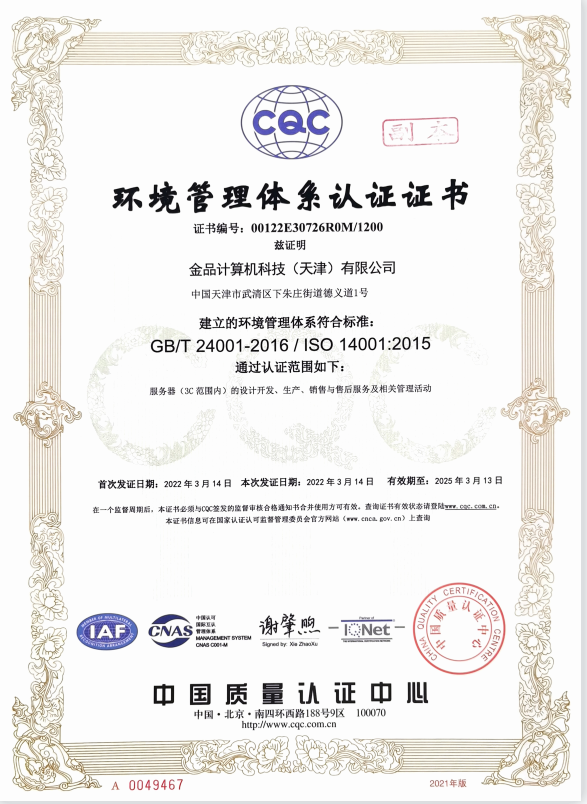
2.Design and Development
2.1 Design and Development Review
According to the requirements of the new product introduction standard and customer customization requirements, the design and development process of new products, customized products, and other products are clearly defined. The "Design and Development Control Procedure," "Design and Development Process," and related process documentation are established, and the Technical Quality Department is responsible for this. This is used to constrain the planning, input, output, review, control, verification, and change process of product and service design and development, and retain relevant design and development records. Control the entire process of design and development of major projects and ensure that newly developed products and engineering projects meet customer needs and requirements of laws and regulations.
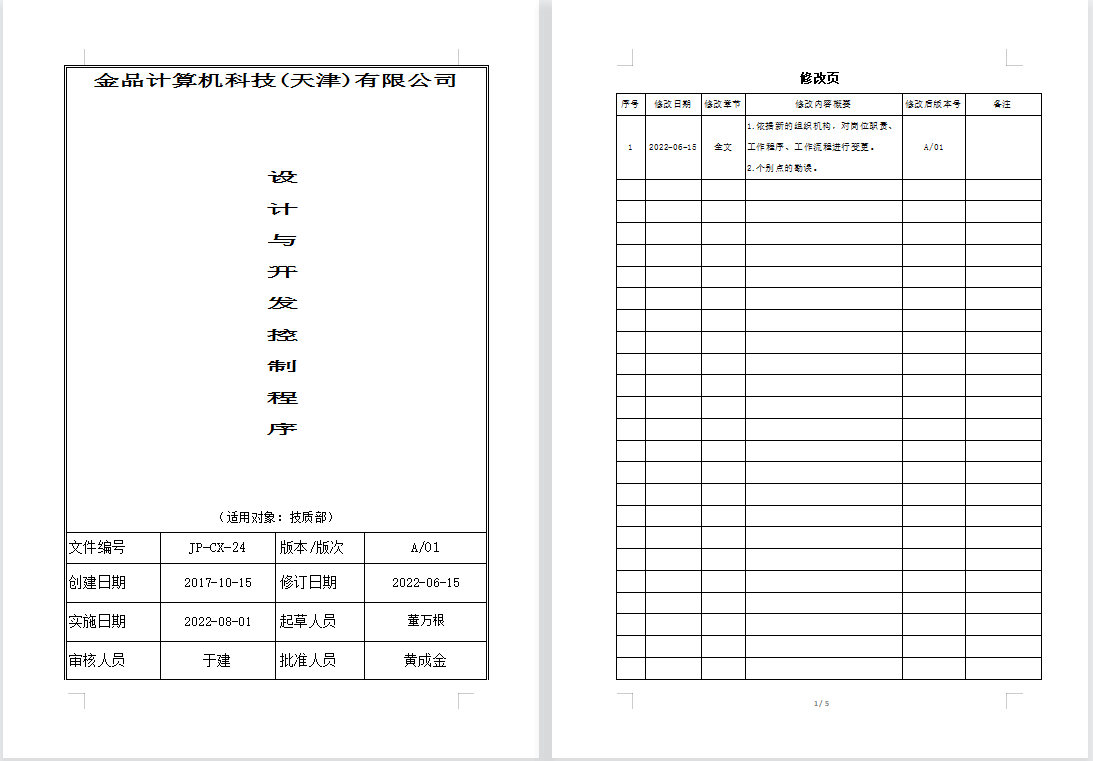
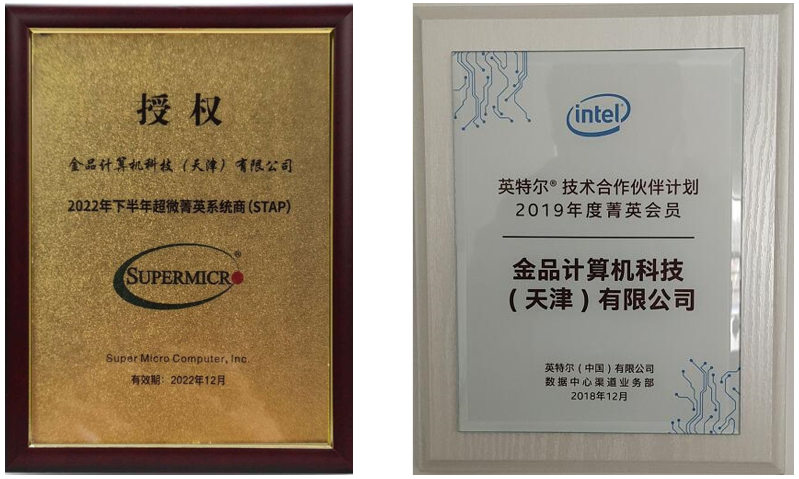
2.2 Component Selection
According to various types of industry applications and customer's specific customization requirements, and considering the cost-effectiveness of the product, all components are selected from mainstream products of top-tier manufacturers during the product selection process. For example, ECC REG products from Samsung are used for all memory (except for special requirements from customers) to greatly improve the reliability and fault tolerance of server products. Enterprise-level products from Seagate are primarily used for hard drives, which have a high MTBF (mean time between failures). LSI and other mainstream brands and models are used for RAID card chips to ensure product compatibility. Goldpin has established strategic partnerships with major server component manufacturers, ensuring timely and effective support for new product selection, testing, and technical support. At the same time, top-tier manufacturers are excellent in product testing, quality control, and consistency assurance, and mainstream models have been tested by the market, which can effectively ensure product reliability.
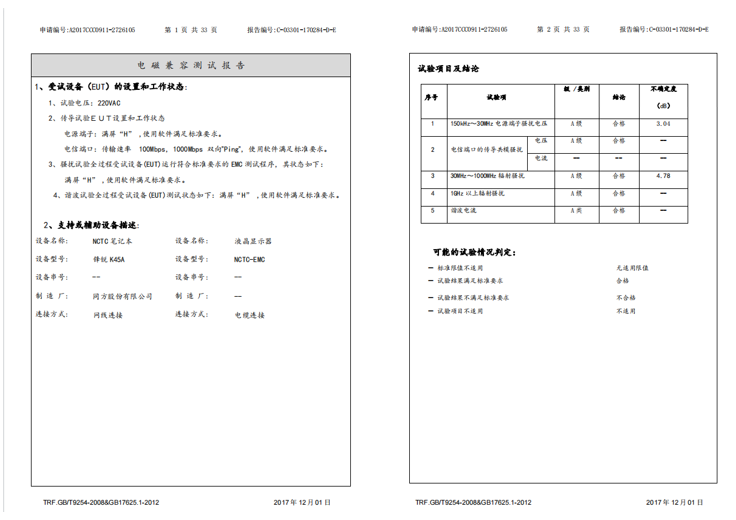
2.3 Safety and Electromagnetic Compatibility Testing
The safety and electromagnetic compatibility testing of products mainly follows the requirements of "Implementation Rules for Compulsory Product Certification - Information Technology Equipment CNCA-C09-01:2014", "GB 4943.1-2022 Audio, Video, and Information Technology Equipment - Safety Requirements", "GB/T 9254.1-2021 Information Technology Equipment, Multimedia Equipment, and Receivers - Electromagnetic Compatibility Part 1: Requirements for Emission", "GB 17625.1-2012 Electromagnetic Compatibility - Limits - Harmonic Current Emission Limits (Equipment Input Current ≤ 16A)", and other standard requirements. Corresponding type tests are conducted during product development to ensure that the safety and electromagnetic compatibility of the products meet national standards.
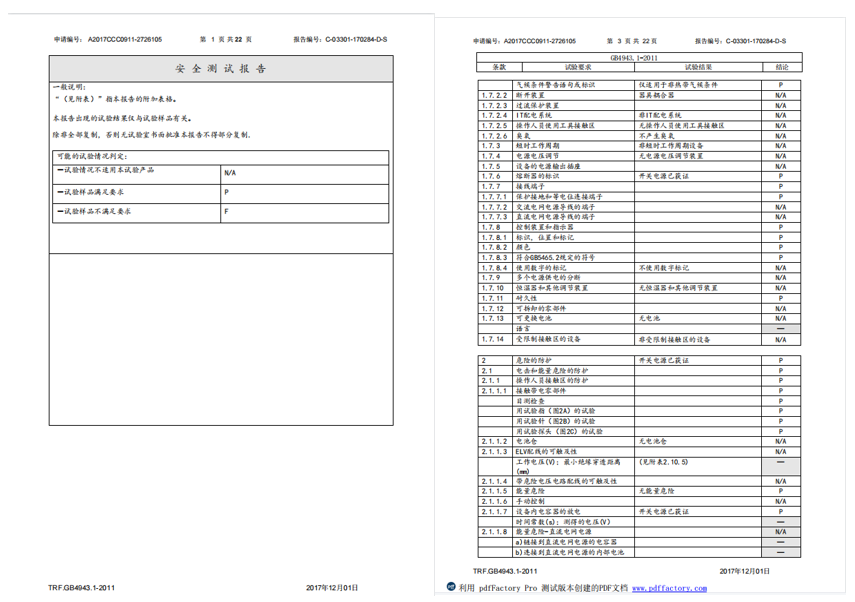
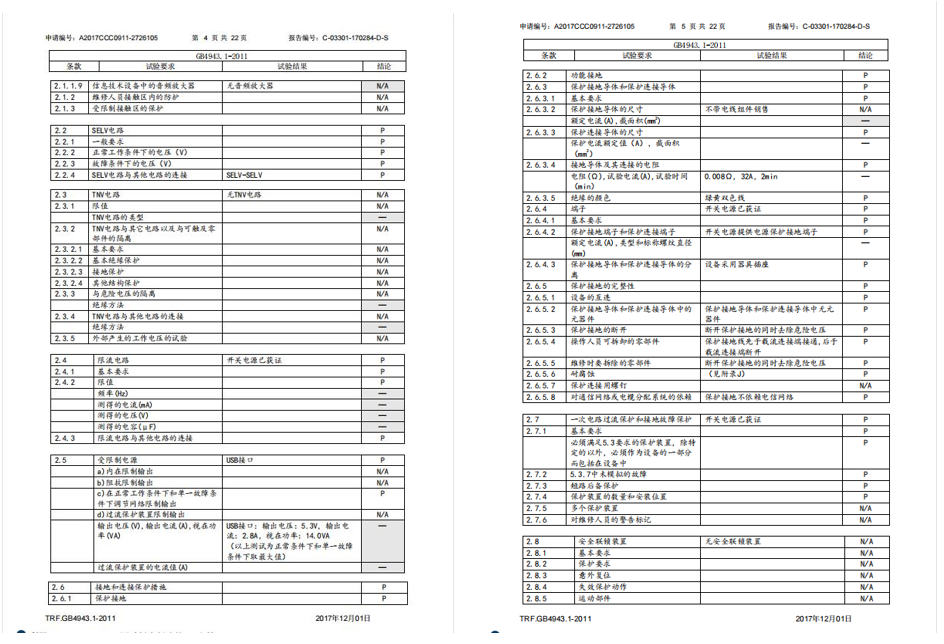
2.4 Function testing
In terms of functional testing, we will conduct system installation testing, component identification testing, indicator light testing, and interface testing on the entire machine to verify whether the functions of each component and the entire machine are normal, to ensure the basic functionality and reliability of the product.

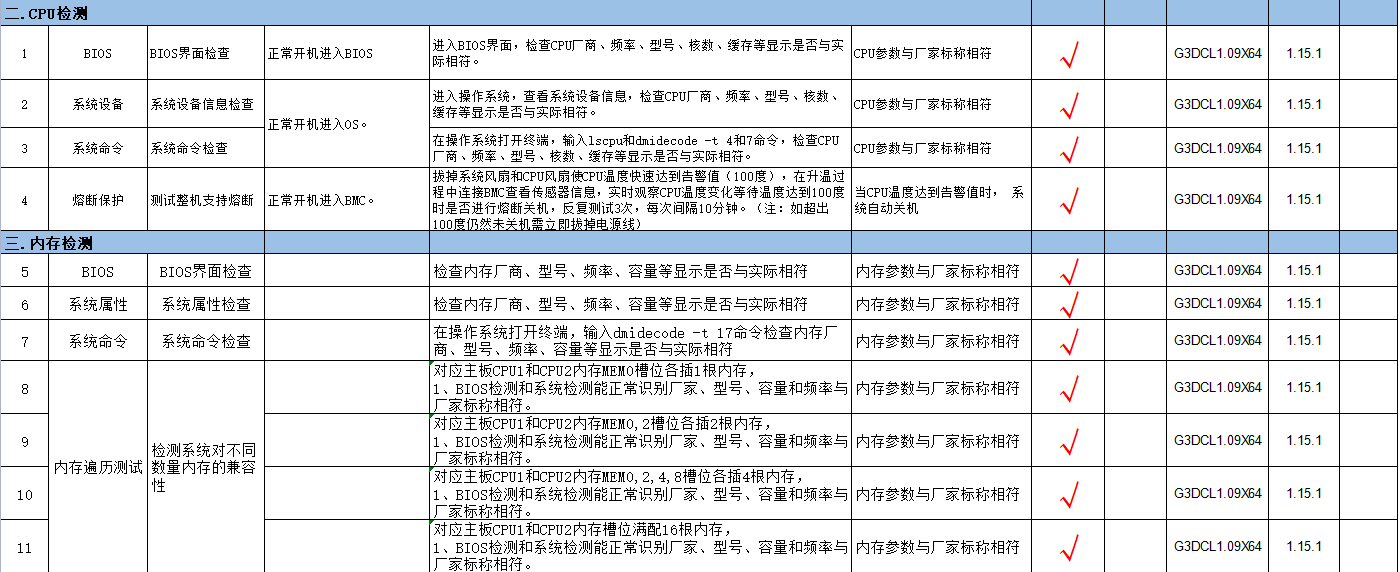
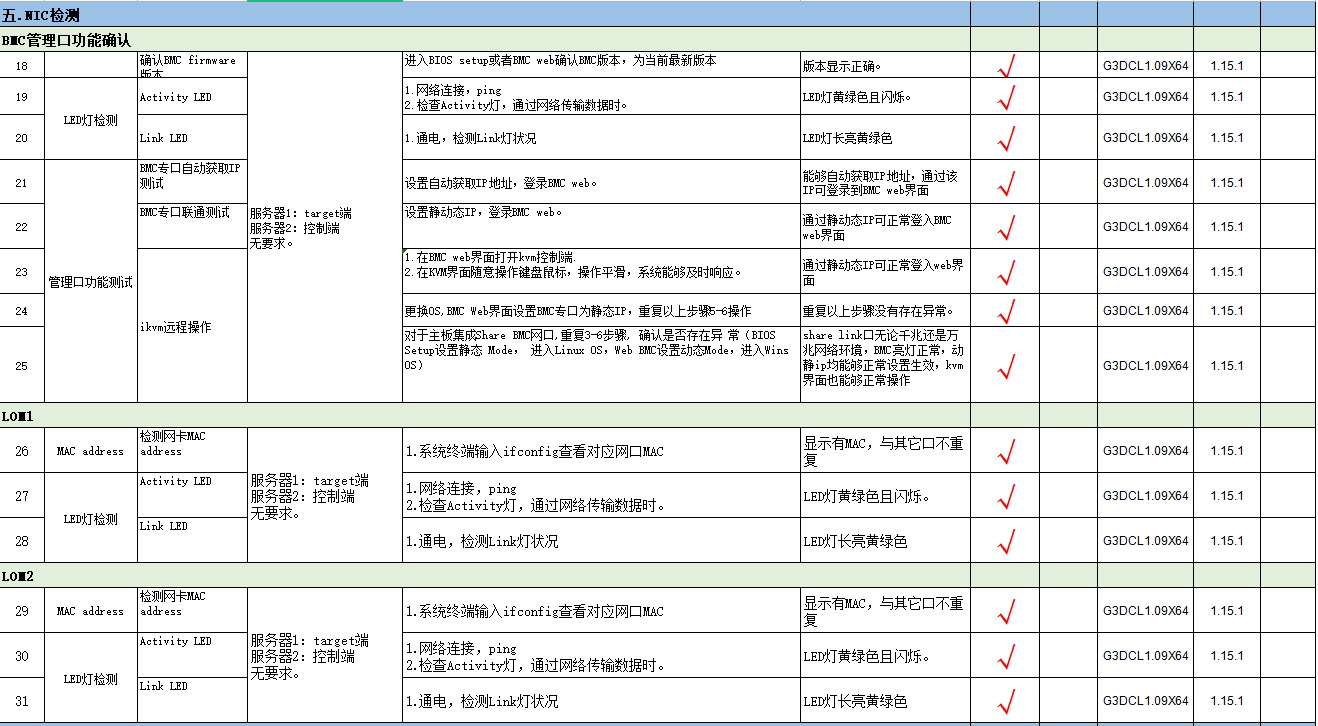
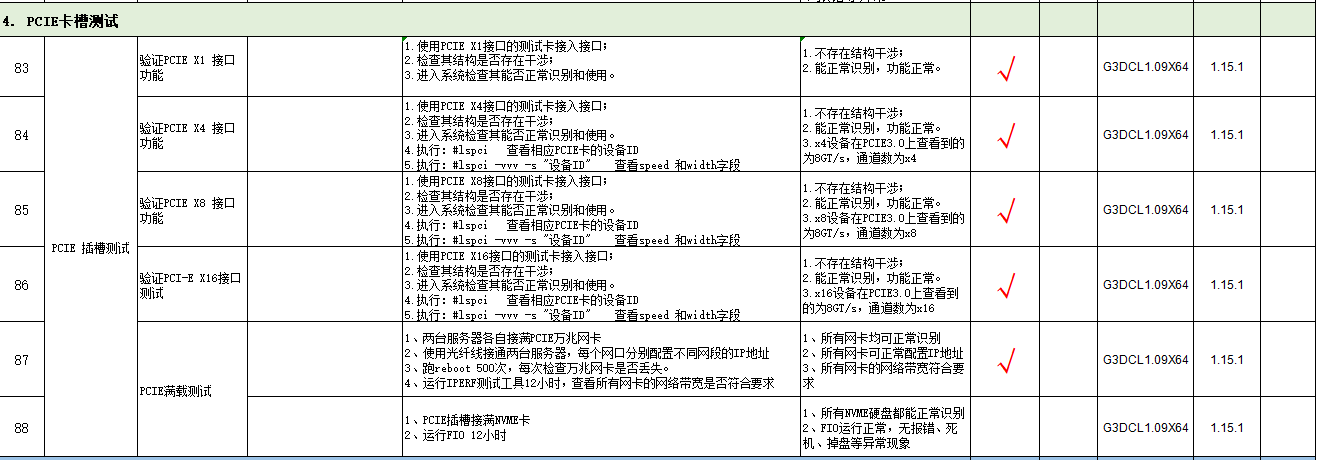
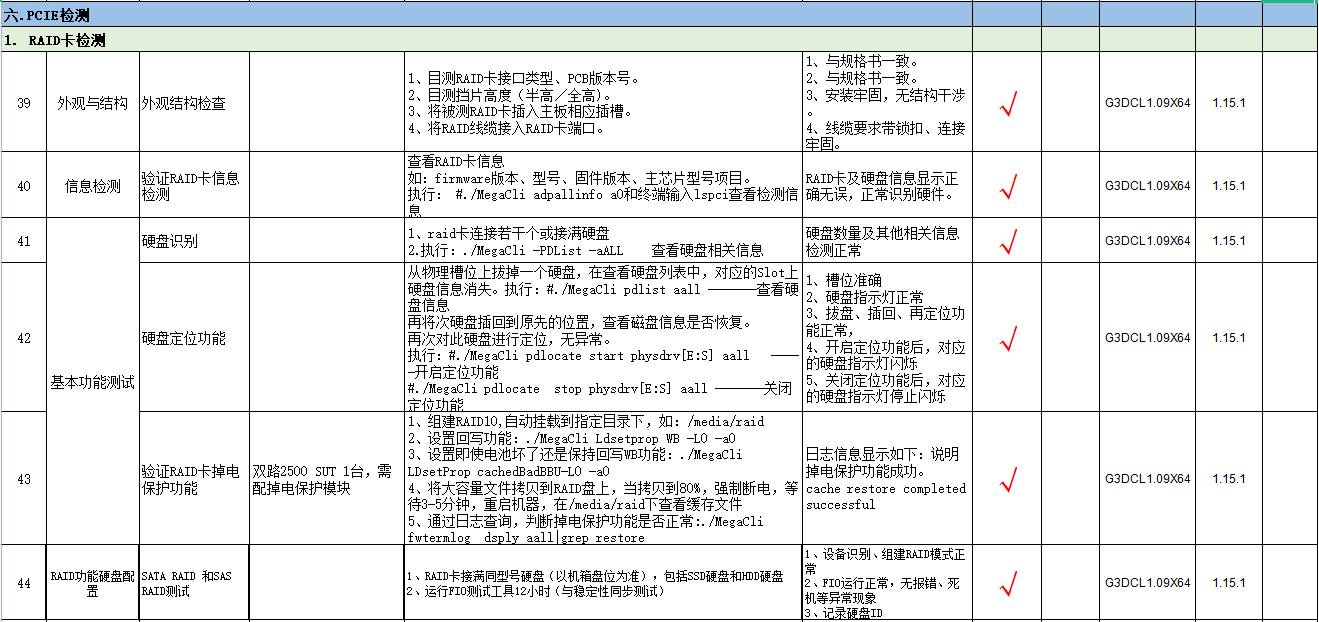
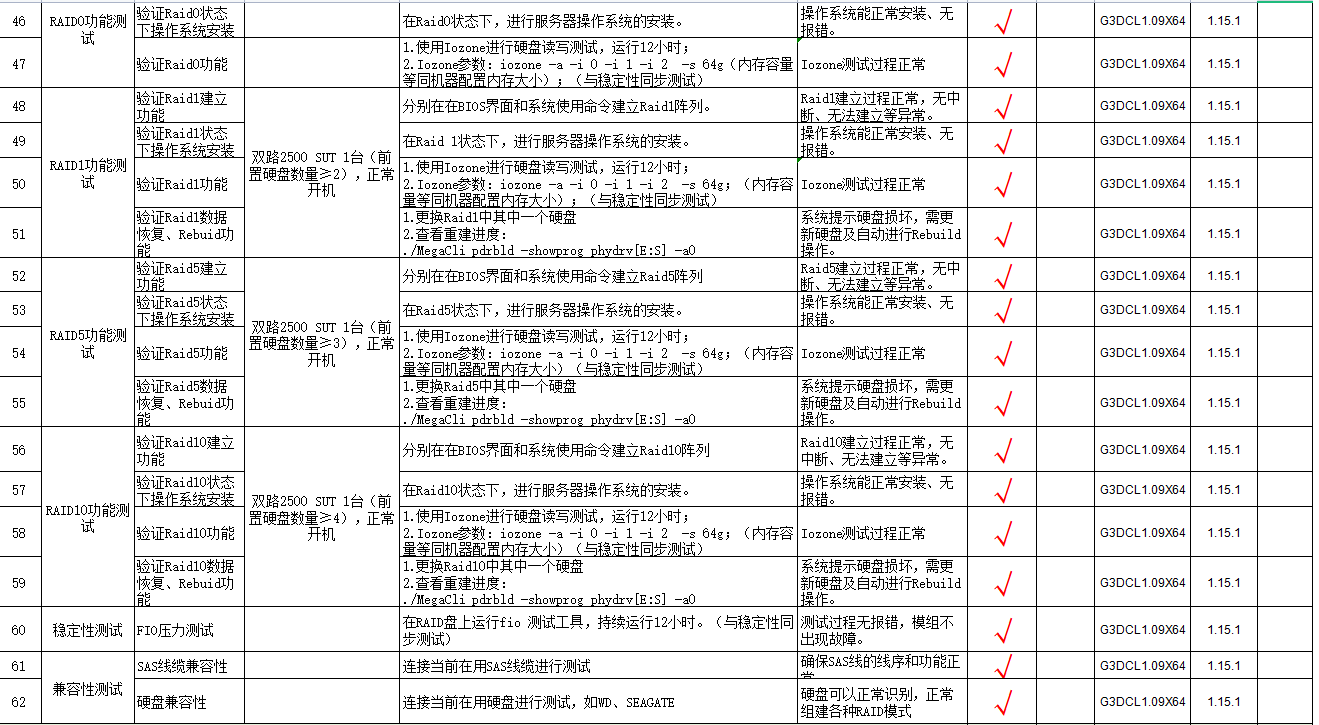
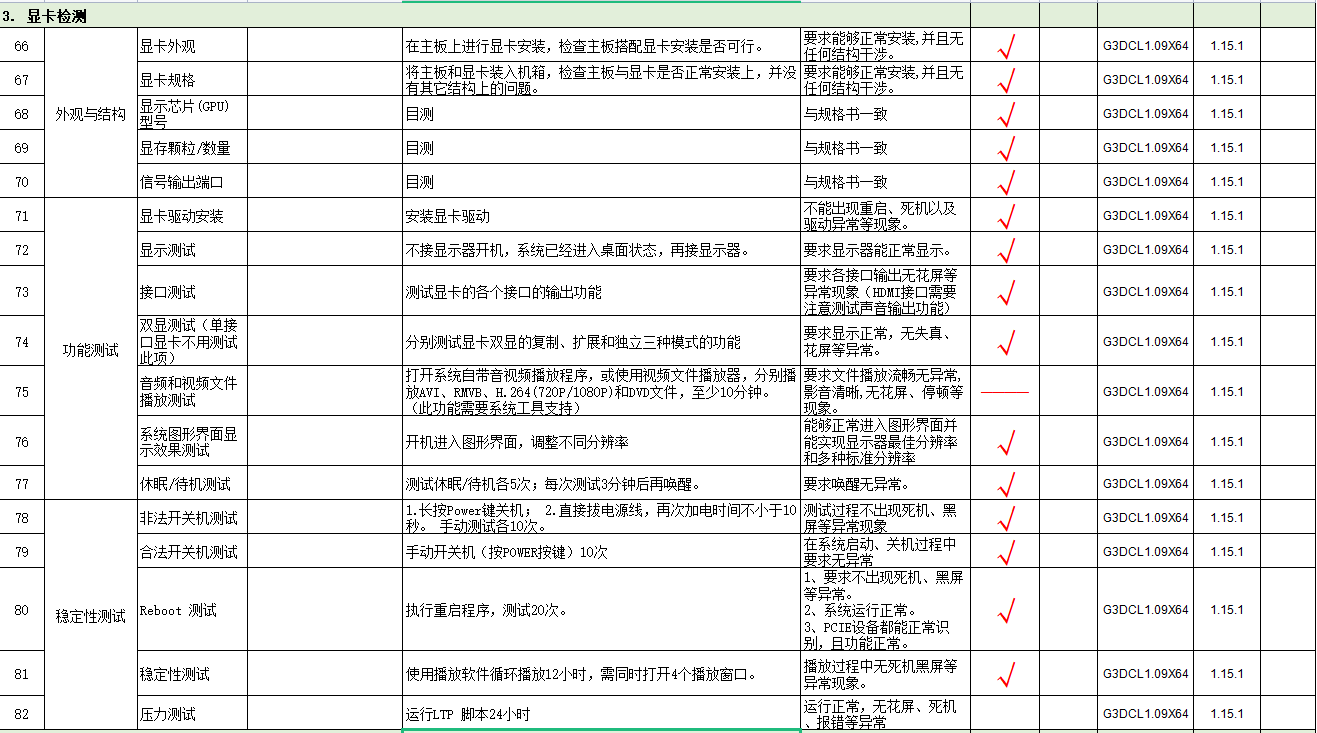

2.5 Performance testing
In terms of performance testing, we mainly test the CPU, memory, hard drive, network card, graphics card, and other components. We use STRESS tools to test the CPU's computing power, FIO and Iozone tools to test the read and write performance of the hard drive, and iperf and netperf tools to test the transmission performance of the network card. We also use GPU test to test the performance of the graphics card, and conduct performance tests on various components of the server.
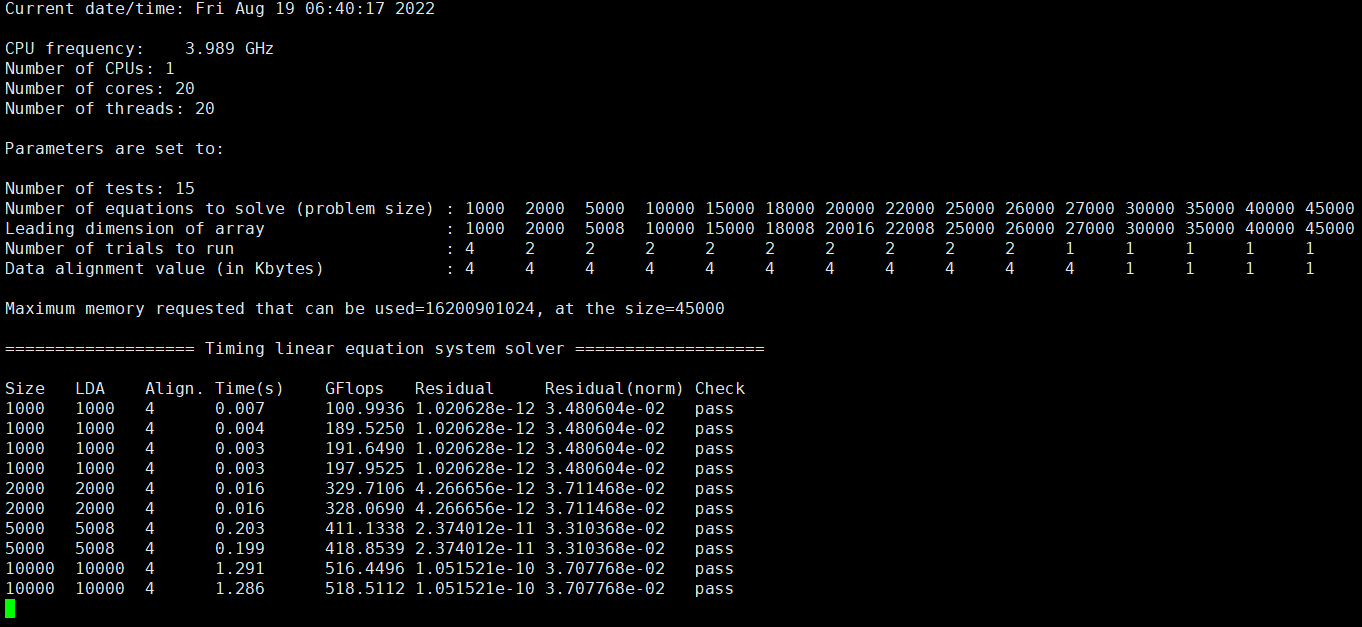
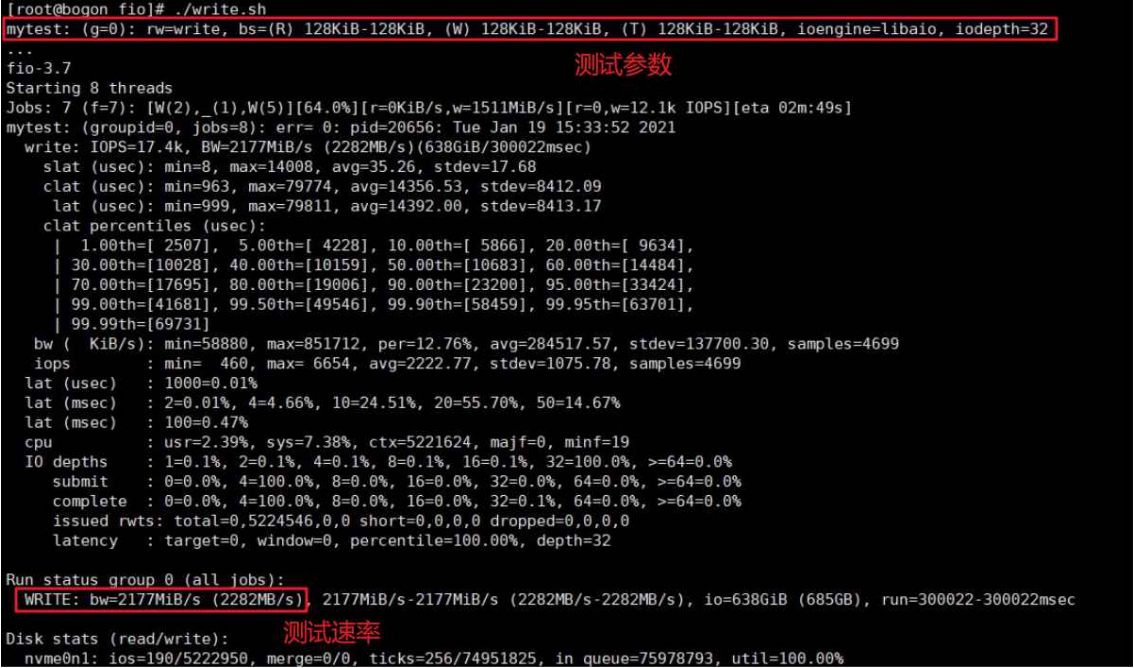
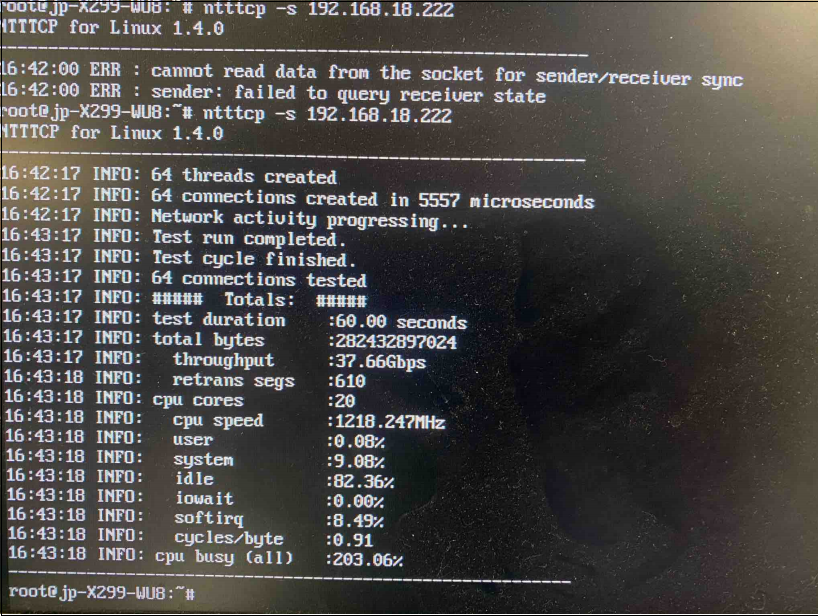

2.6 Compatibility testing
Hardware compatibility testing mainly tests whether there are any abnormalities when various components are used together in the entire system of the machine.
Operating system compatibility testing mainly tests the compatibility of the entire machine system with commonly used operating systems.
Third-party software compatibility testing mainly tests the compatibility of the entire machine system with commonly used third-party software (such as cluster software, quantum chemistry application software, database software, etc.).
Third-party platform interoperability testing mainly tests the compatibility of the entire machine system with other third-party products (such as disk arrays, acquisition cards, Infiniband switches, etc.) when used in combination.

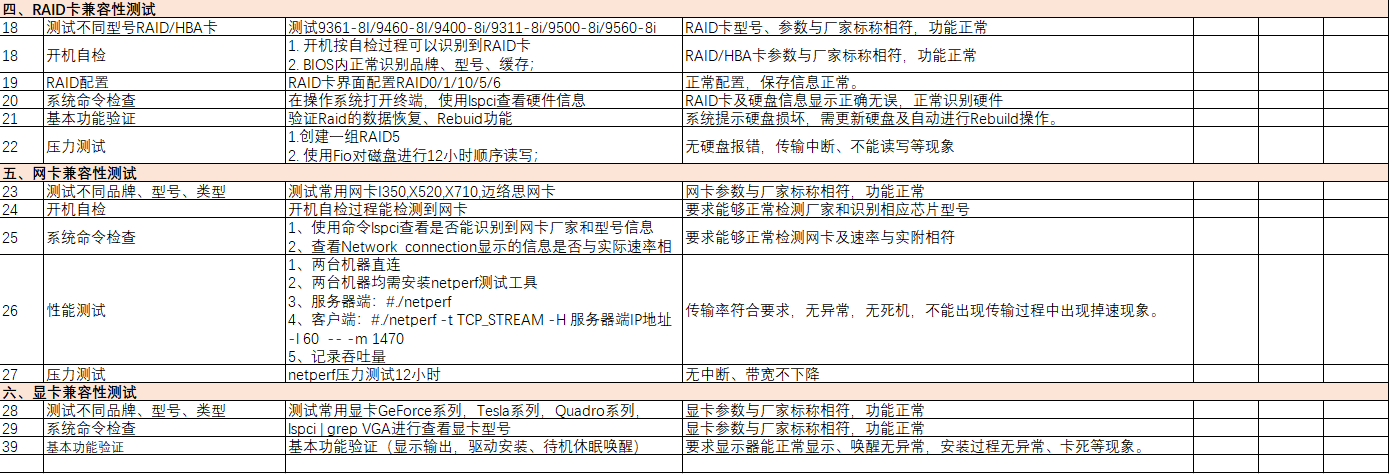
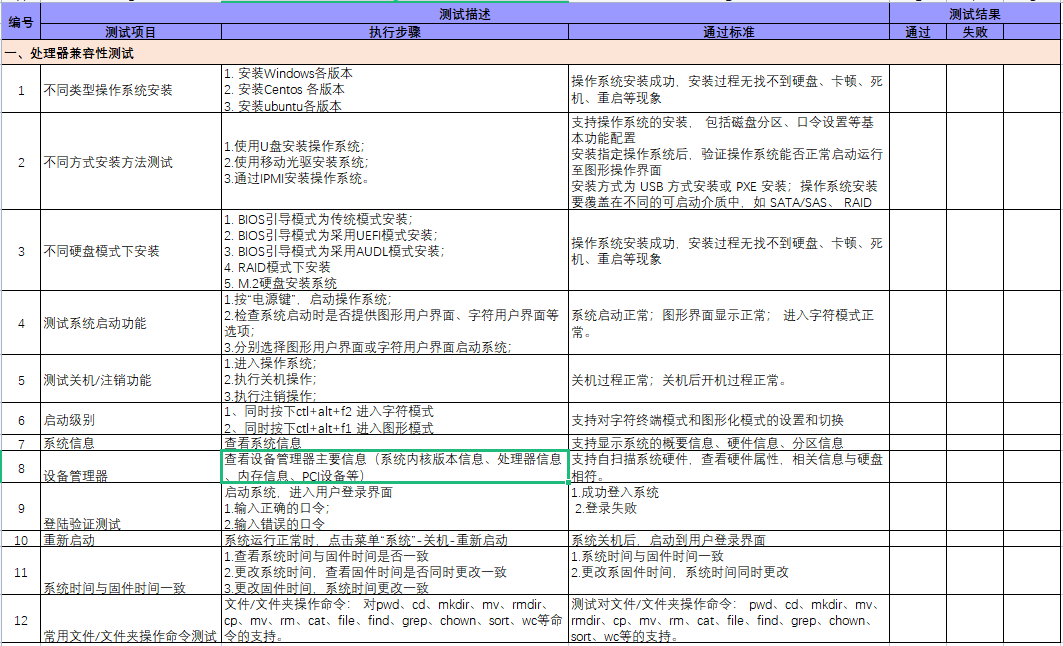
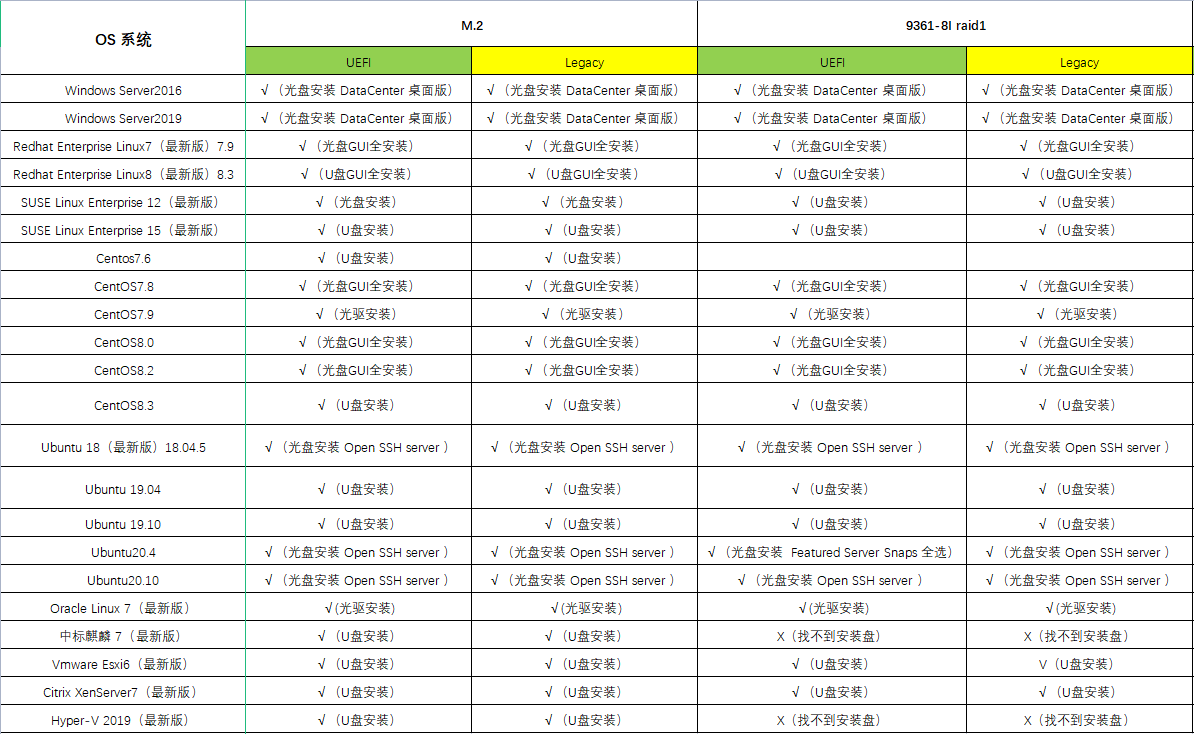
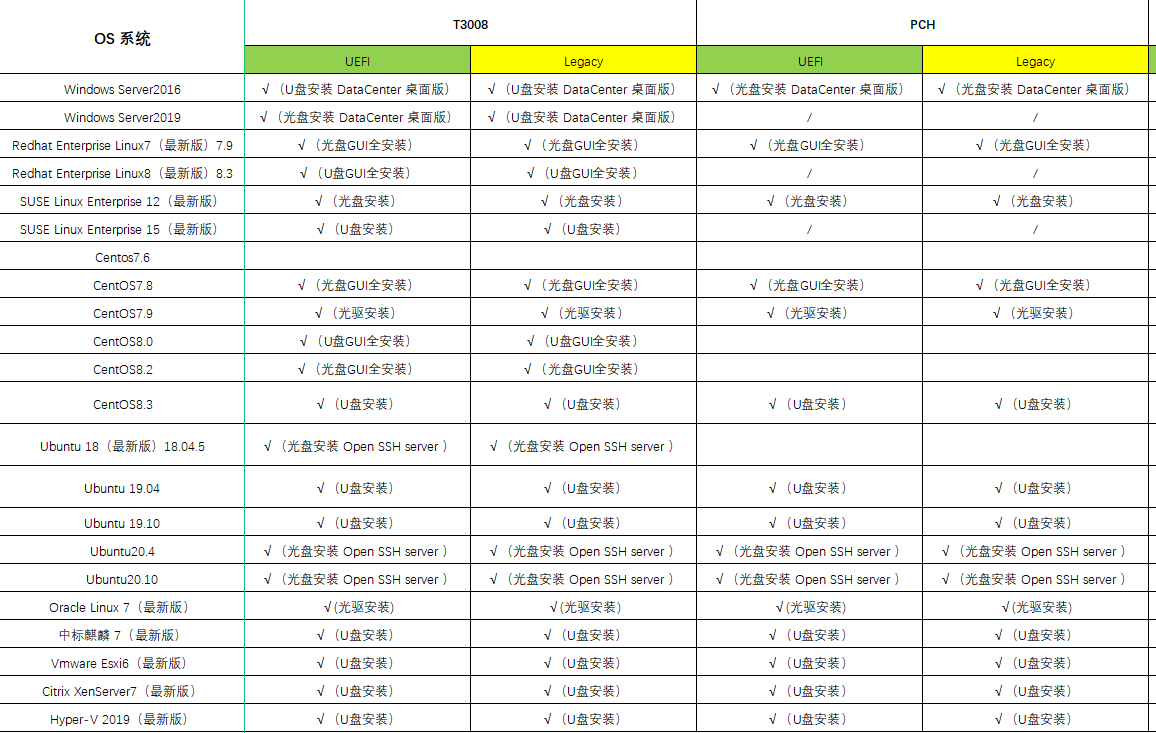
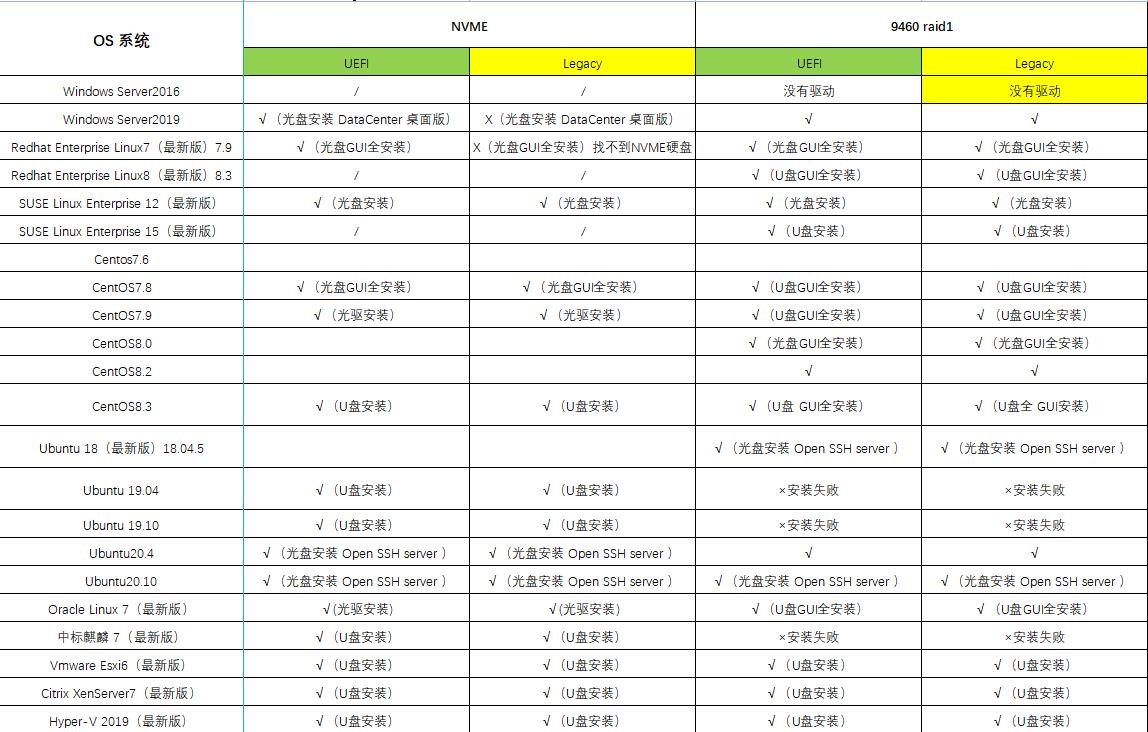
2.7 Reliability testing
Reliability testing is an activity conducted to evaluate the ability of a product to maintain its functionality over the specified lifespan, under expected conditions of use, transport, or storage, and in all environmental conditions. It involves exposing the product to natural or artificial environmental conditions to evaluate its performance under actual conditions of use, transport, and storage. Various environmental test equipment is used to simulate temperature extremes, humidity, and temperature variations in the climate, among other conditions, to accelerate the product's response to environmental conditions and verify that it meets the expected quality goals during development, design, and manufacturing, thus evaluating the overall product and determining its reliability lifespan.
2.7.1 Physical reliability
This includes physical reliability testing such as high and low temperature, drop testing, and simulated transportation vibration. During the product selection and prototype phase, relevant physical reliability tests are performed on the product according to GB/T 9813.3-2017 "General technical specifications for computers-Part 3: Servers" to verify the compliance of the results.
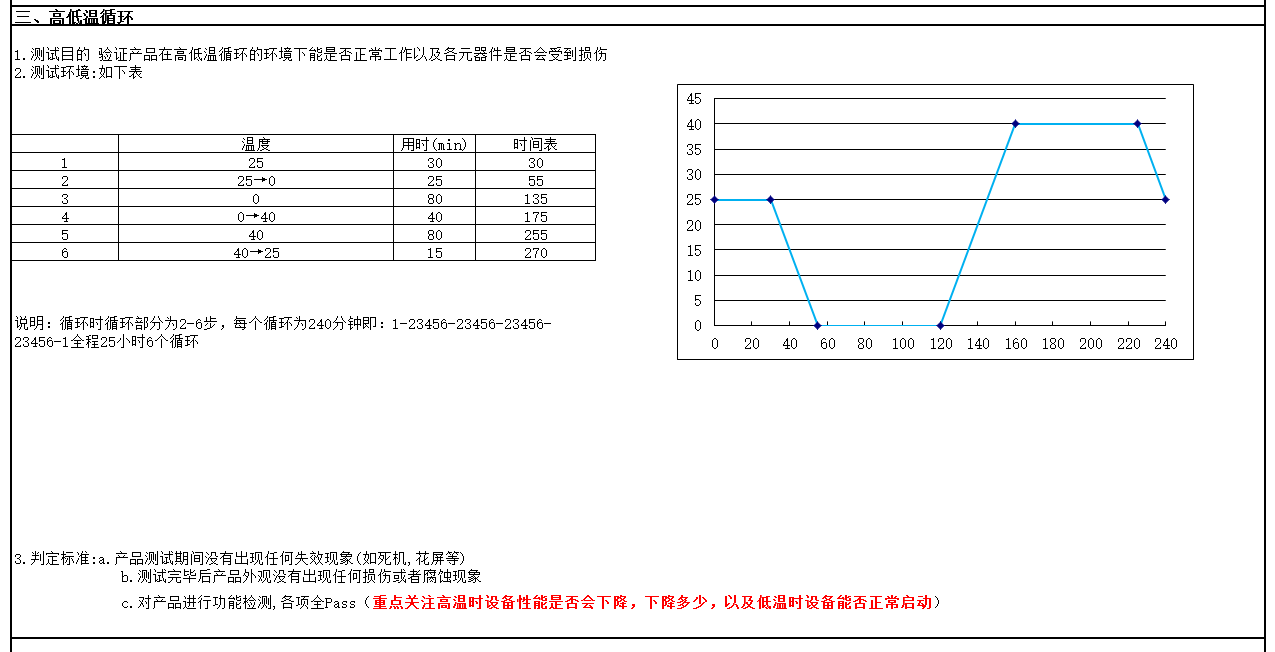

2.7.2 Reliability Testing (Load)
In terms of full load testing, we conduct full load performance tests on CPU, memory, hard drive, graphics card, RAID card, network card, etc. The tests mainly include using tools such as STRESS, memtest, FIO, iozone, iperf, netperf, CUDA, spec, GPUbrun, etc. We use STRESS and memtest to conduct at least 48 hours of stress testing on memory, STRESS and spec to conduct performance stress testing on CPU, FIO and iozone to conduct read/write and random read/write performance testing on hard drives, netperf and iperf to conduct transmission testing on network cards, and install CUDA and use GPUBrun to conduct performance and stress testing on graphics cards. Through the above tools and methods, we conduct reliability testing on the entire server under full load to verify whether the server's reliability under full load meets the standards.
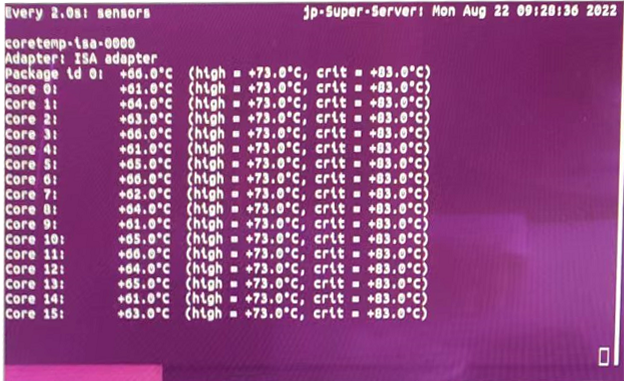
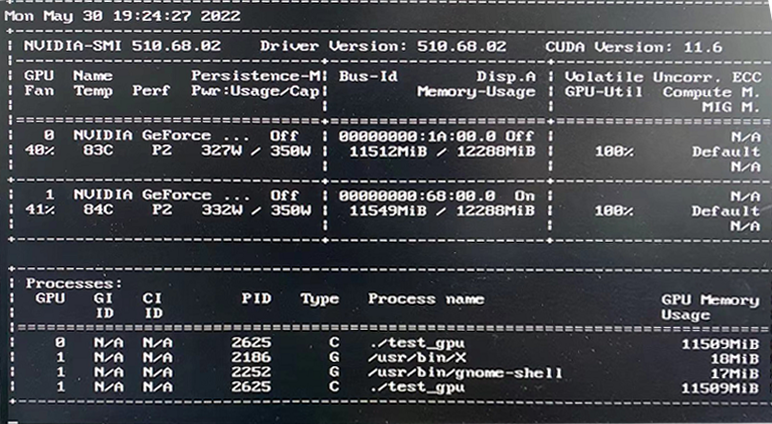

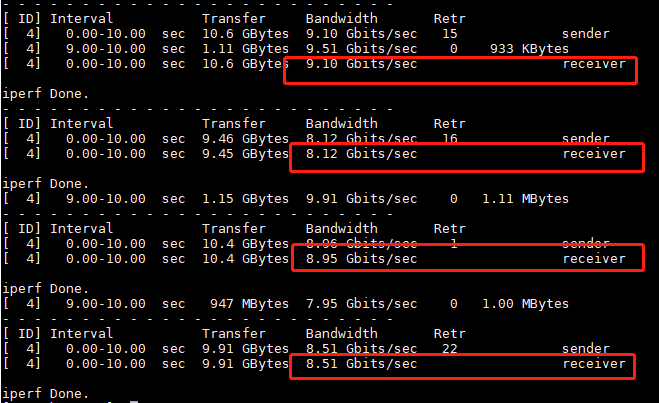
2.8 Product Lifecycle Management
Jinpin maintains a close cooperation relationship with various suppliers, enabling the company to obtain accurate data on the product lifecycle of each supplier's products. During product design and production, Jinpin controls its own product lifecycle. At the appropriate stage of the product lifecycle, Jinpin guides customers to switch to new products to achieve a balance between product performance and cost. For equipment with longer product lifecycles, such as industrial control equipment, Jinpin maintains its own inventory through strategic cooperation to ensure that customer requirements for product lifecycle are met.
3.Production Process and Inspection
After the product selection and finalization process, the focus of product reliability assurance is the entire quality control process, achieving reliability assurance through effective control of personnel, machinery, materials, methods, and environment.
3.1 Procurement and Supplier Management
The majority of Jinpin's product suppliers are authorized distributors of various manufacturers. Both parties establish long-term strategic partnerships to ensure timely product supply, product consistency, and reliability. After supplier qualification evaluation, commercial terms negotiation, and small-batch trial qualification, Jinpin signs a cooperation agreement with the supplier to maintain the rights and obligations of both parties. The "Procurement Control Procedure" document is established to control the quality of suppliers, and monthly and annual evaluations of suppliers are conducted to determine whether they continue to be listed as qualified suppliers.
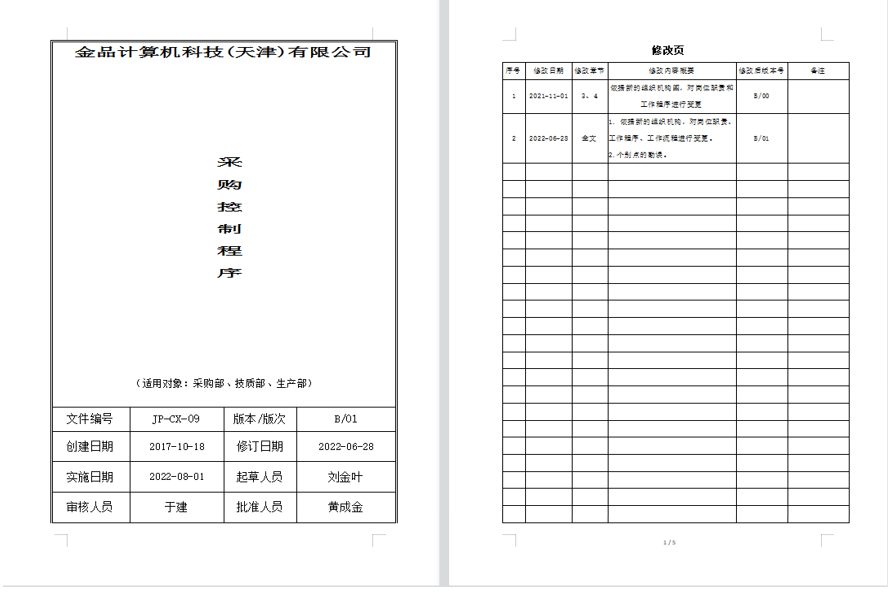
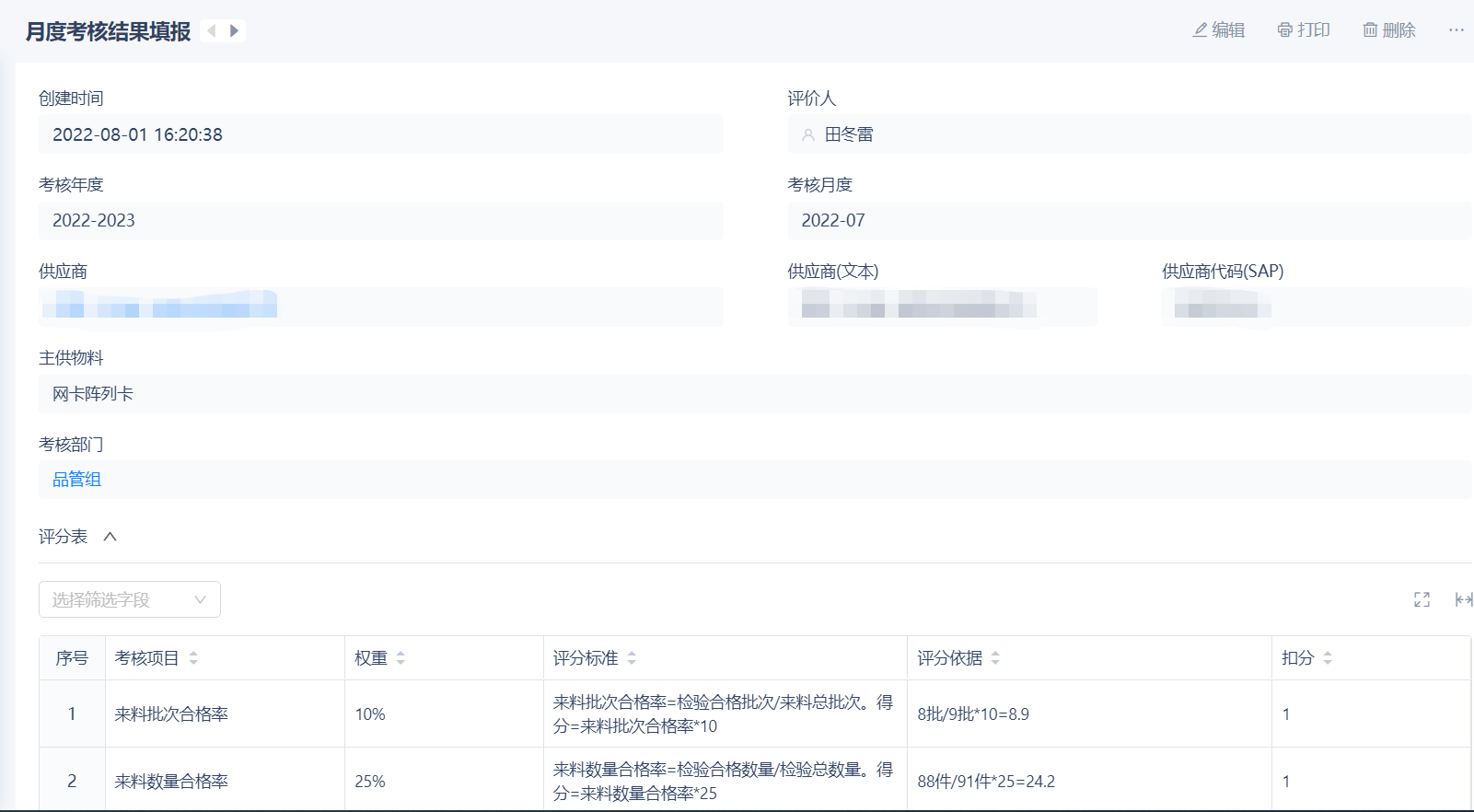
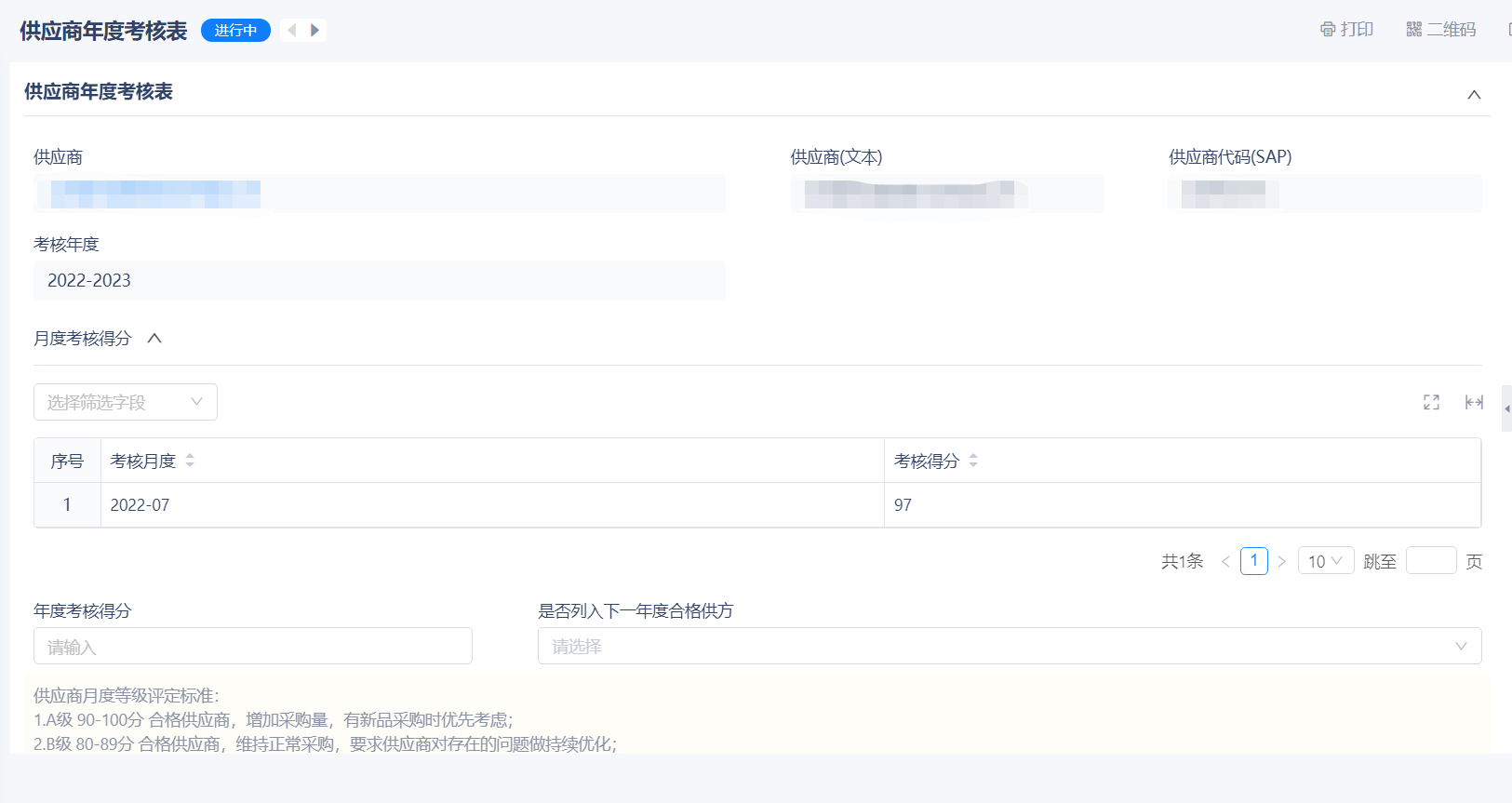
3.2 Incoming Inspection and Acceptance (IQC)
Establish an incoming inspection position, IQC conducts incoming inspection and acceptance work in accordance with the "Incoming Inspection Standard" and incoming inspection process, including packaging, physical appearance, electrical performance, parameter information, etc. The physical appearance of incoming components is inspected using an optical electronic microscope. By setting up a testing environment, the incoming components are tested for relevant functions and parameters, and the "Incoming Inspection Report" is filled out.

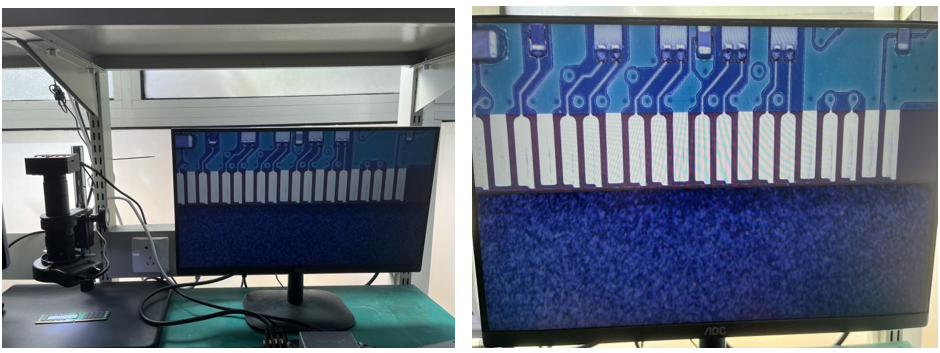
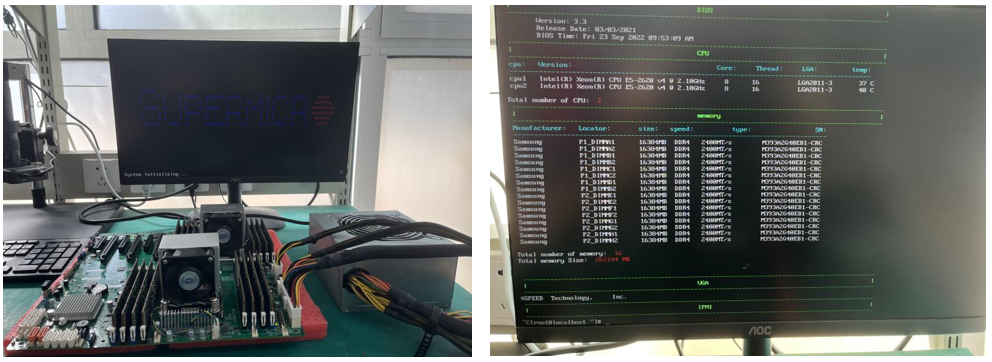
3.3 In-Process Quality Control (IPQC)
For regular products, the production process is controlled according to the "Accessory Work Instruction", "Internal Wiring Work Instruction", "System Installation Work Instruction", and other operation documents. Through self-inspection, mutual inspection, patrol inspection, and other operations, the compliance of the assembly process is ensured. For ODM/OEM customized products for customers, an independent "XX Assembly Work Instruction" is established for each product to lock in product materials and assembly processes. During the production process, the entire production process of the product is monitored and recorded through the "Production Job Order", and the self-inspection and mutual inspection processes are strengthened to ensure the standardization and consistency of the production process.
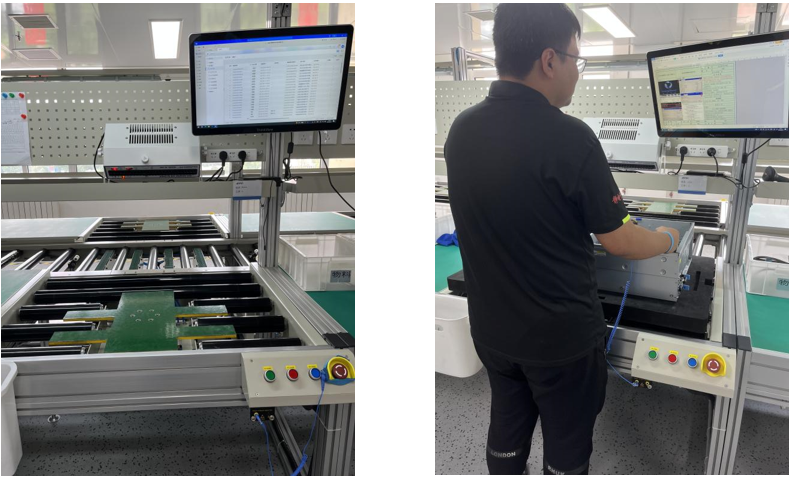
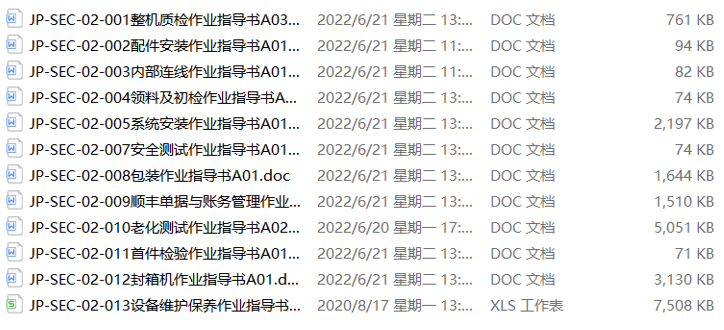
3.4 Final Quality Control (FQC)
Establish the "Machine Quality Inspection Standard" and implement a 100% routine inspection of 6 major items and 68 sub-items for appearance, structure, parameter information, function, safety, etc. to ensure the normal functionality and safety of each device. For OEM/ODM customer's customized products, a special testing method is set up to ensure the consistency of product performance and fill out the "Machine Routine Inspection Report", effectively ensuring that the product quality meets the standard requirements.
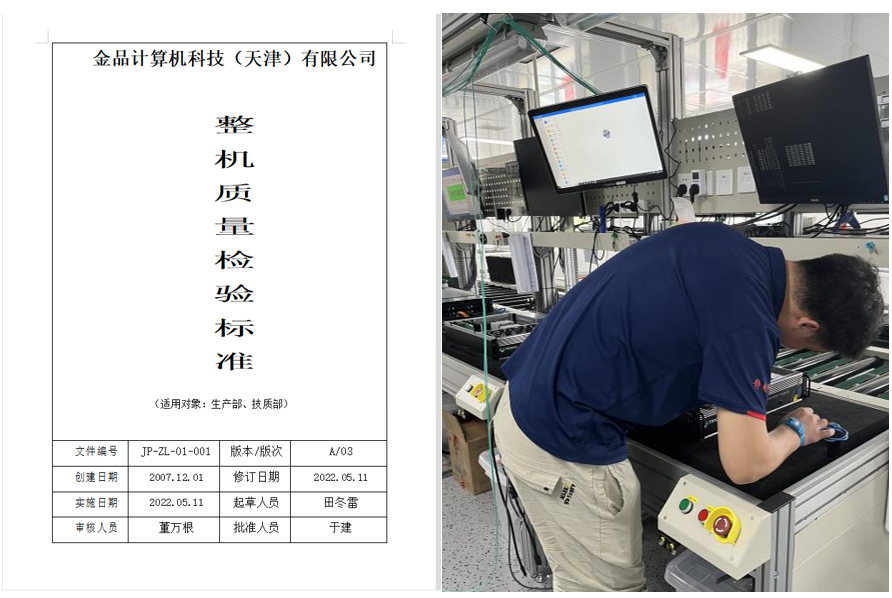
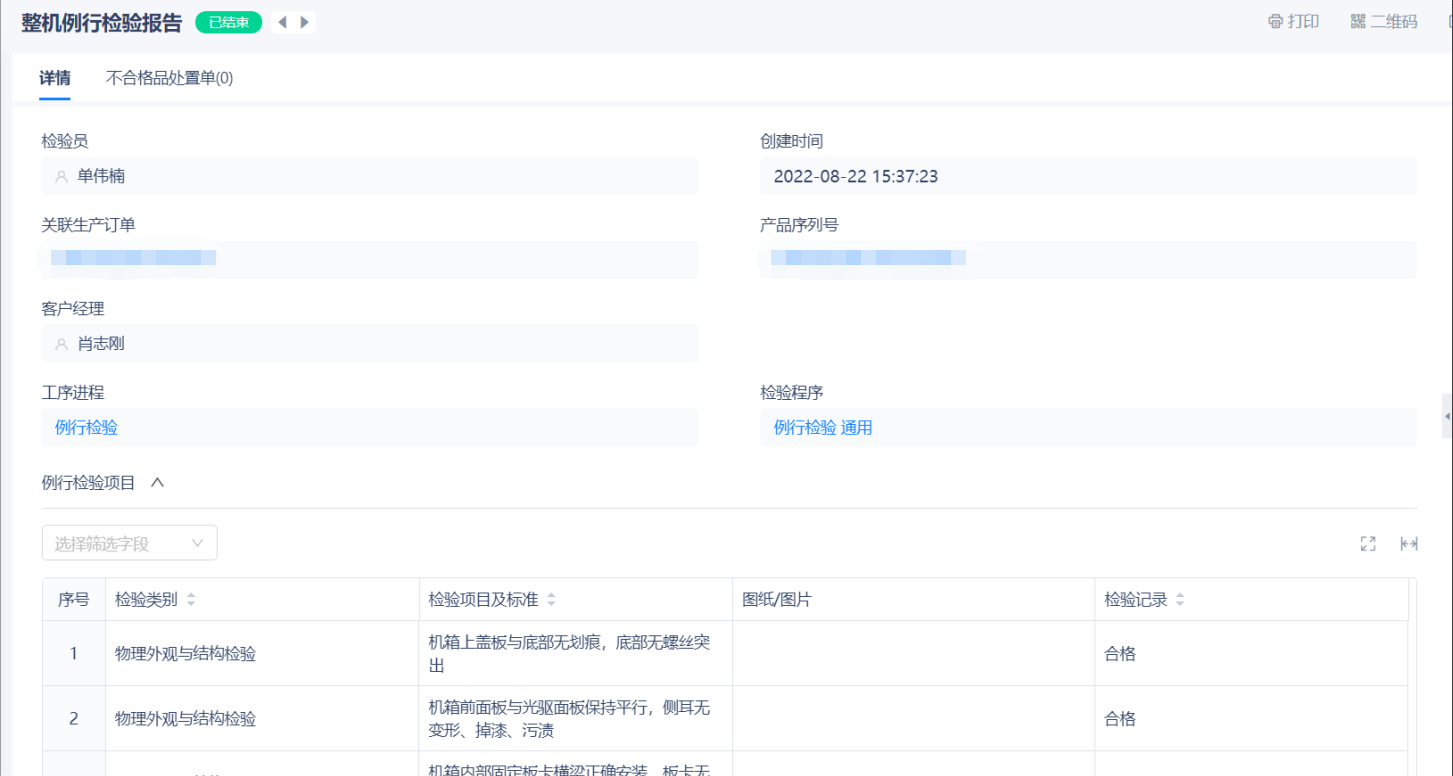

3.5 Aging Test
For finished products, software is used to conduct full-load running tests on CPU, memory, hard disk, network card, graphics card, RAID card, etc., and 100% aging test is carried out to verify that the server's reliability meets the quality standard.

3.6 Outgoing Quality Control (OQC)
We have established an OQC station, which implements 100% outgoing inspection of physical appearance, product consistency, label identification, accessories, packaging, and other items according to the "Machine Quality Inspection Standard," ensuring that each device meets quality requirements and relevant standards before leaving the factory. For OEM/ODM customized products, we have set up special testing methods and work instructions and filled in the "Machine Outgoing Quality Control Report" to effectively ensure the quality and consistency of the products.
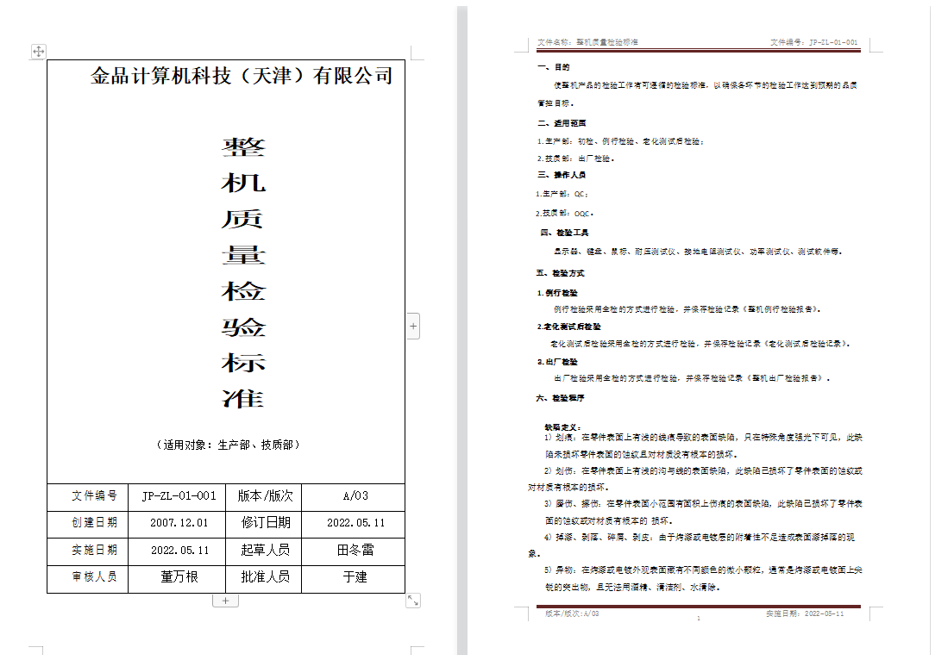
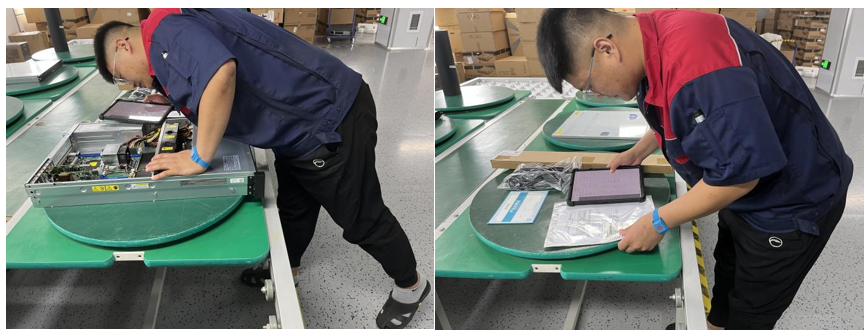
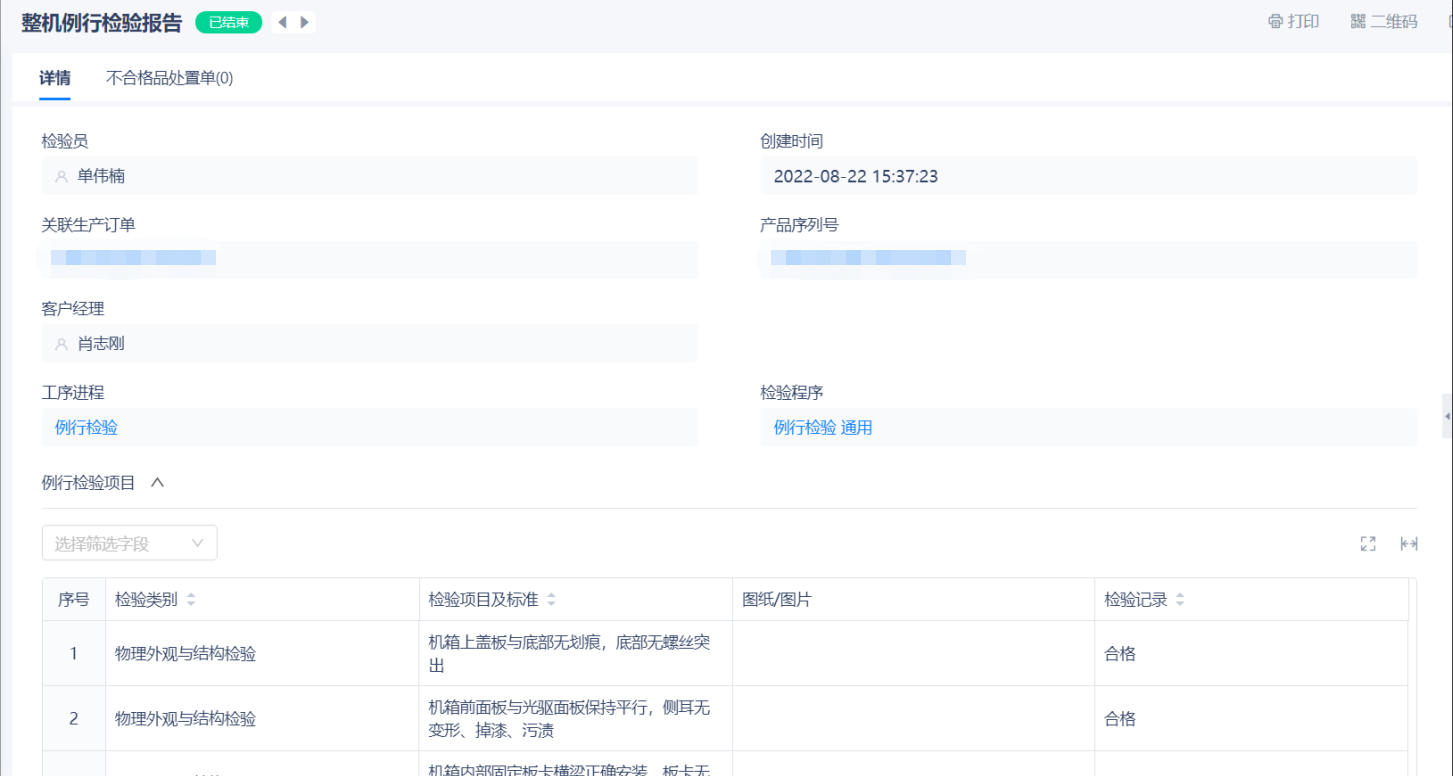
3.7 Product Consistency Control
For large-scale/customized models of major customers, we jointly establish product assembly processes and technical documents with the customers and control product configuration, assembly processes, BIOS versions and settings, software installation requirements, inspection items, label packaging, and other requirements in multiple links such as procurement, material matching, production, and inspection to ensure consistency in the final delivered products. It can be controlled to the depth of consistency control requirements such as locking memory particles.
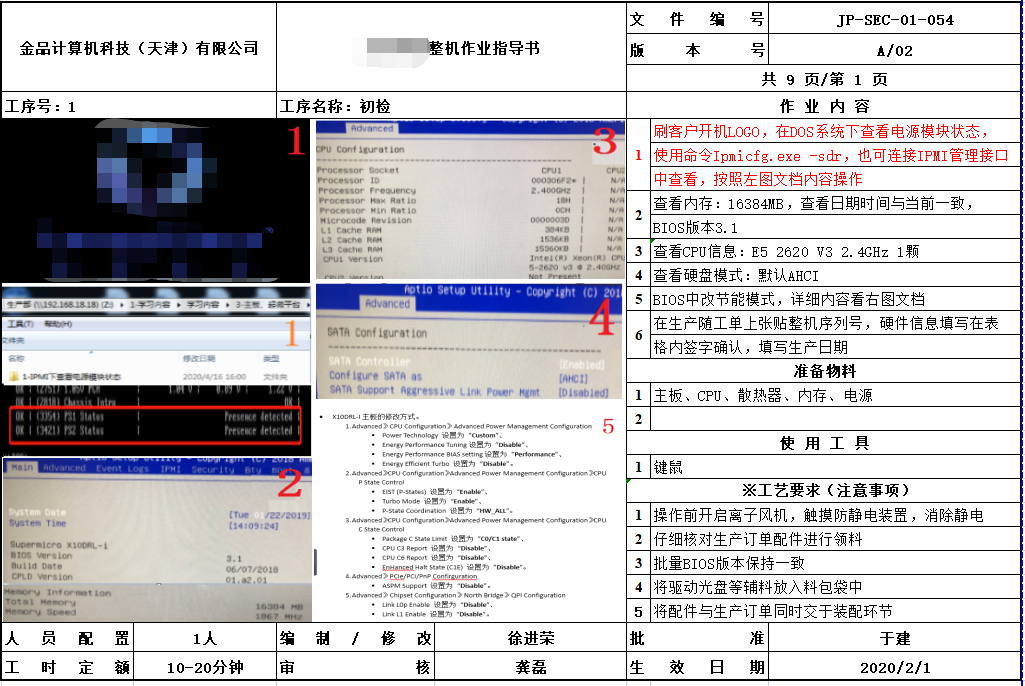
3.8 Product Traceability Control
Each device has a unique product serial number code and production work order code, which are used for product repair applications. Through this code, the entire production and inspection process can be traced in the ERP system to meet the traceability requirements of fault repair processing (forward tracing) and batch quality incident processing (reverse tracing).

4.Equipment Management
In order to strengthen the maintenance and upkeep of equipment, standardize management and procedures, and further improve work efficiency, the company has established the "Equipment Maintenance and Upkeep System" and established records including equipment inventory, equipment maintenance logs, and inspection equipment calibration records. The goal is to ensure correct usage, careful maintenance, and timely repair of equipment, so that equipment can operate safely and stably for a long period of time, and production can proceed smoothly.
4.1 Production Equipment
The company currently has one automated production line and one fully intelligent production line, as well as other production equipment, including one automatic packaging machine, one automatic screw machine, and one automatic assembly robot, achieving full human-machine collaboration assembly line production with a daily output of 400 units.

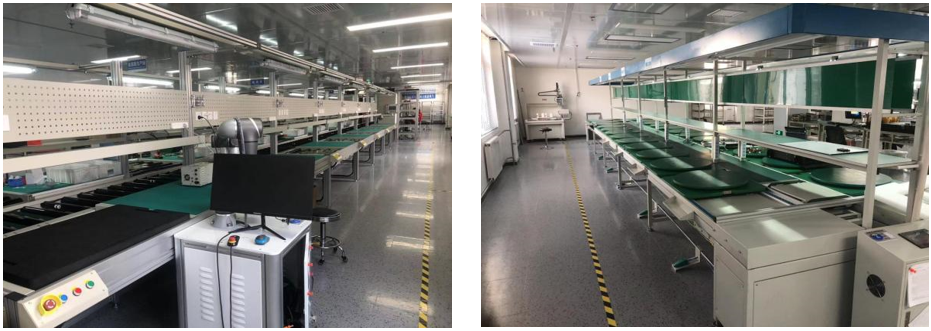
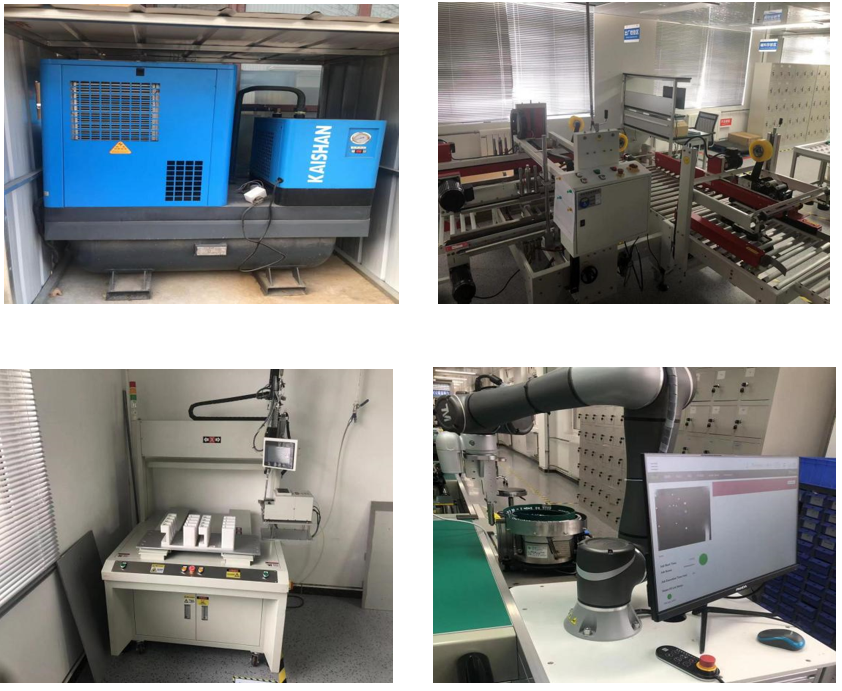

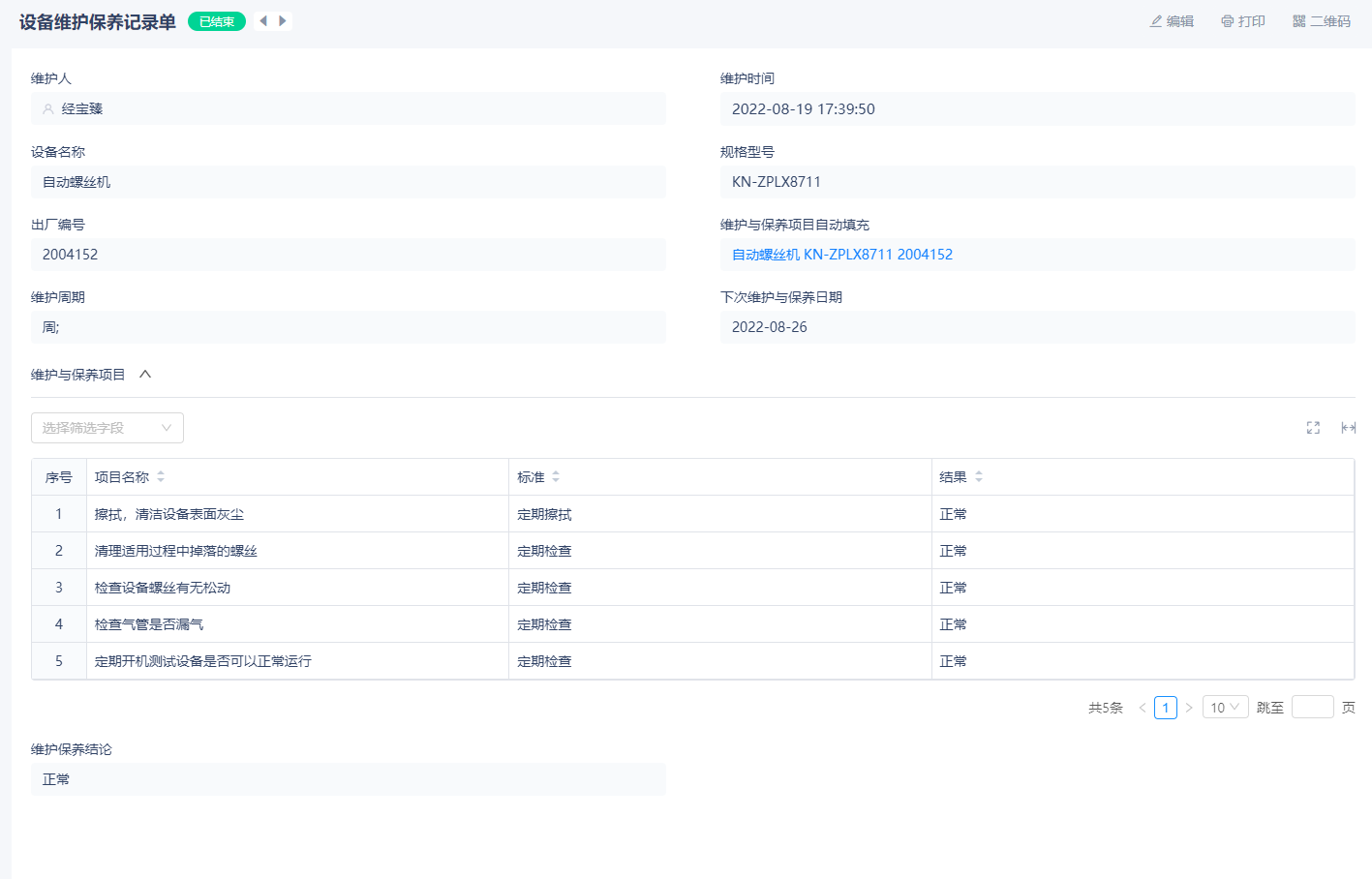
4.2 Inspection Equipment
The company currently has three main inspection equipment (one withstand voltage tester, one grounding resistance tester, and one optical microscope), whose functions are:
Withstand Voltage Tester: Mainly for high-voltage resistance testing, the instrument's set current is 10mA, and the primary and secondary should be able to withstand 1500V voltage for 4 seconds without breakdown or flicker. The instrument should have no sound or light alarm to be considered qualified.
Grounding Resistance Tester: Mainly for grounding resistance testing, using the grounding resistance tester for measurement. The equipment's set current is 25A, voltage is 12V, and the time set value is 4 seconds. The resistance value between the protective ground and the grounding contact should be ≤0.1Ω to be considered qualified.
Optical Microscope: Mainly for physical appearance inspection of components, including gold fingers, resistors, capacitors, etc.

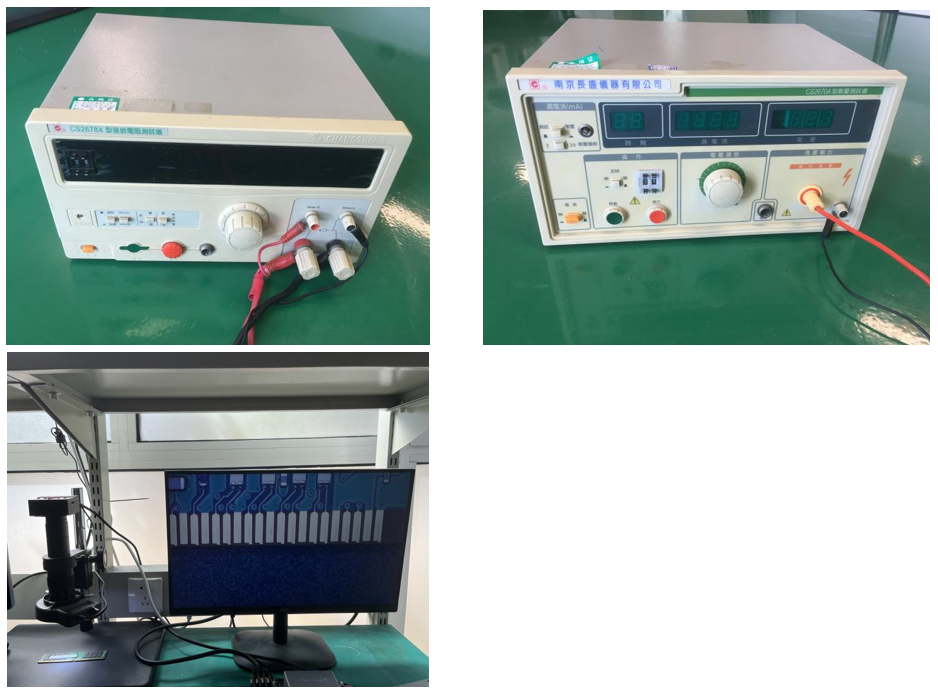
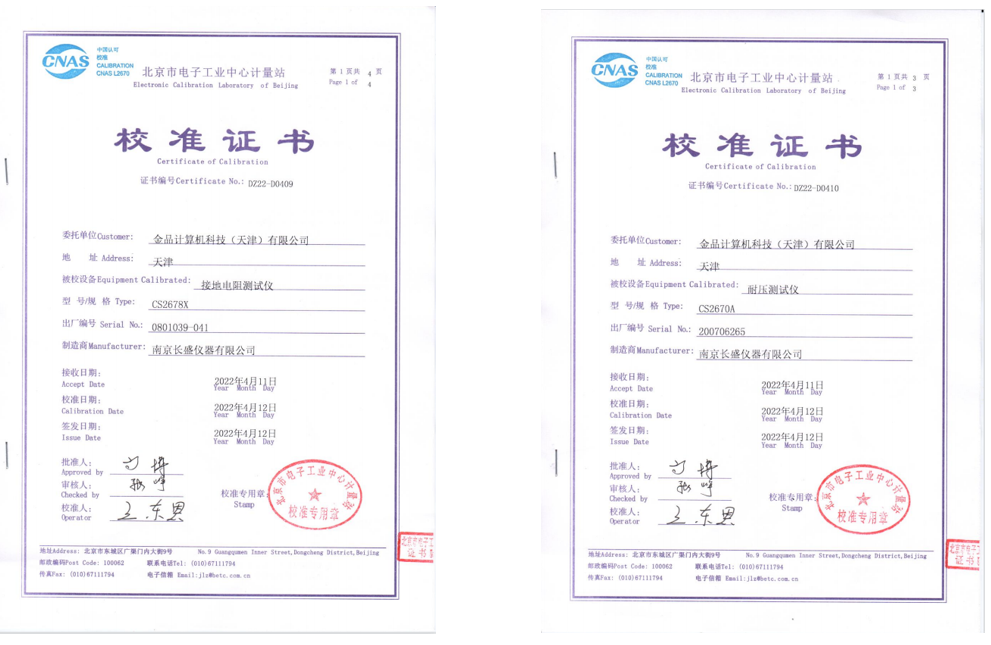
5.Environmental Control
To achieve our company's environmental management goals, we have established effective management systems to control and manage the production environment, eliminate potential hazards, and maintain a clean, safe and stable production environment that promotes worker wellbeing and enhances product quality.
5.1 Anti-Static Control
Static electricity is a type of electric charge that remains stationary, which can cause serious harm to information technology products, even leading to electrostatic breakdown of circuit boards and quality problems. To address this issue, our company has established an "Anti-Static Execution Standard" that includes a series of anti-static measures, such as outdoor independent conductive piles, anti-static flooring in production workshops, static eliminators, ion fans, anti-static wristbands, shoes, and clothing.


5.2 Air Purification Management
During production activities, dust and particulate matter can accumulate indoors, causing the indoor air quality to deteriorate and posing a risk to human health and product quality. In order to improve the cleanliness of the workshop and the quality of the products, we have installed air shower purification systems and dust removal and purification systems to ensure stable improvement in the production environment and product quality.
5.2.1 Air Shower Purification System
The air shower purification system is a versatile local purification device installed between clean rooms and non-clean rooms. When people and goods enter the clean area, they are showered with clean air, which can remove the dust they carry and effectively block or reduce dust sources from entering the clean area. The front and rear doors of the air shower are electronically interlocked, acting as an airlock to prevent unclean air from entering the clean area.
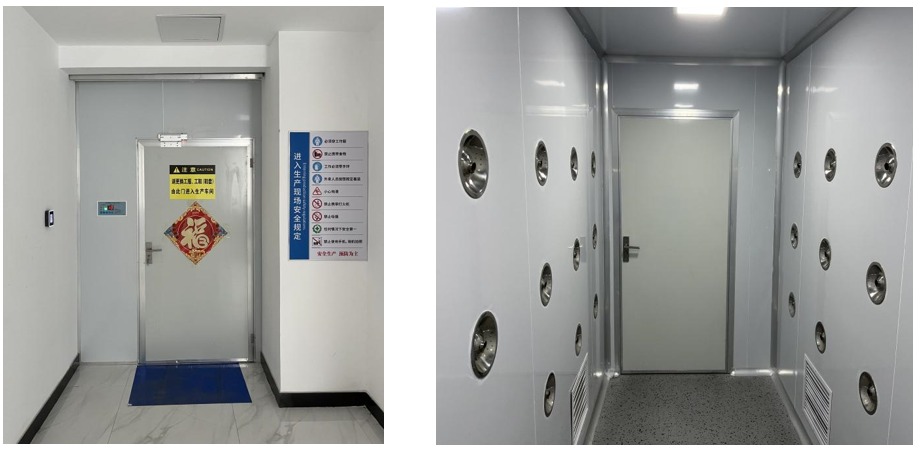
5.2.2 Dust removal and purification system
The dust removal and purification system installed by the company is an independent air treatment system composed of a supply air system and an exhaust system. The system purifies outdoor air through a new air fan and introduces it into the indoor environment. The indoor environment forms a "new air flow field" and satisfies the need for indoor air exchange. At the same time, the system filters, removes dust, purifies, disinfects, sterilizes, and oxygenates the air that enters the indoor environment during the supply process.
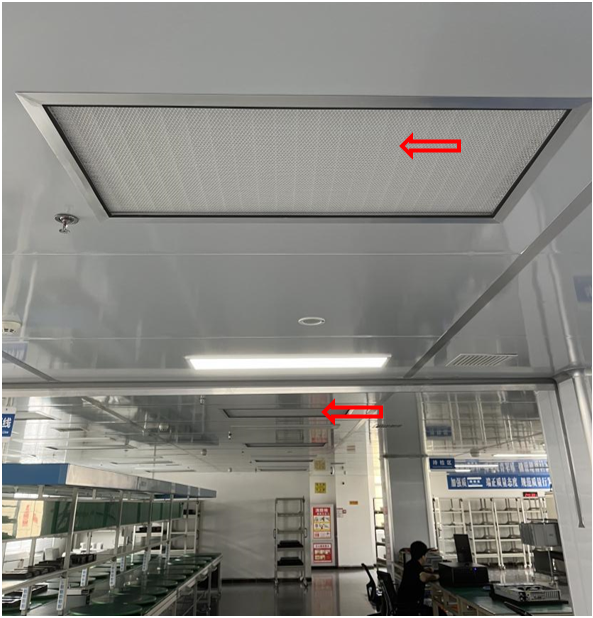
5.3 7S Management
7S management (Sort, Set in order, Shine, Standardize, Sustain, Safety, Saving) refers to the effective management of personnel, machines, materials, methods, and information in the production site. The management ensures a good production and office environment, strict work order, and discipline, and improves work efficiency, produces high-quality and precise products, reduces waste, and saves material and time costs.
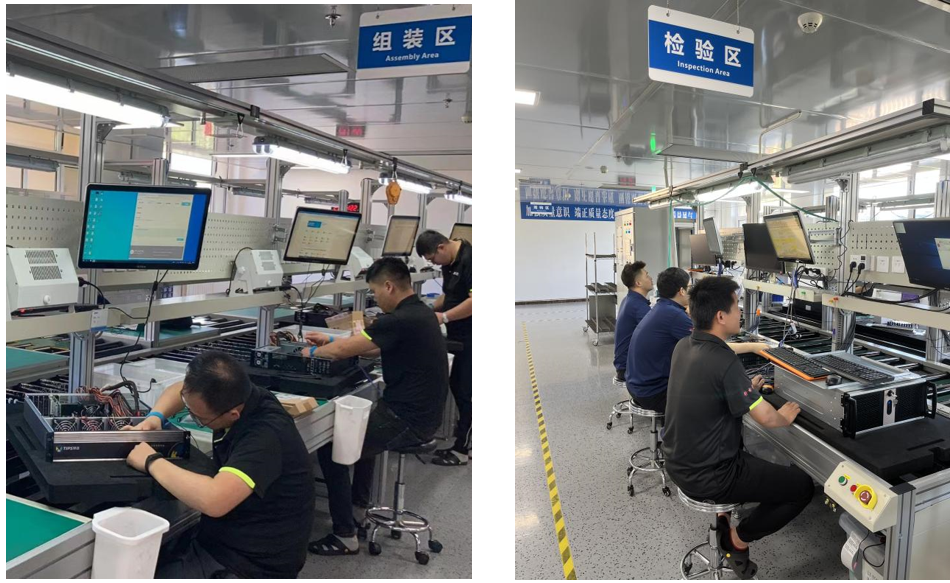
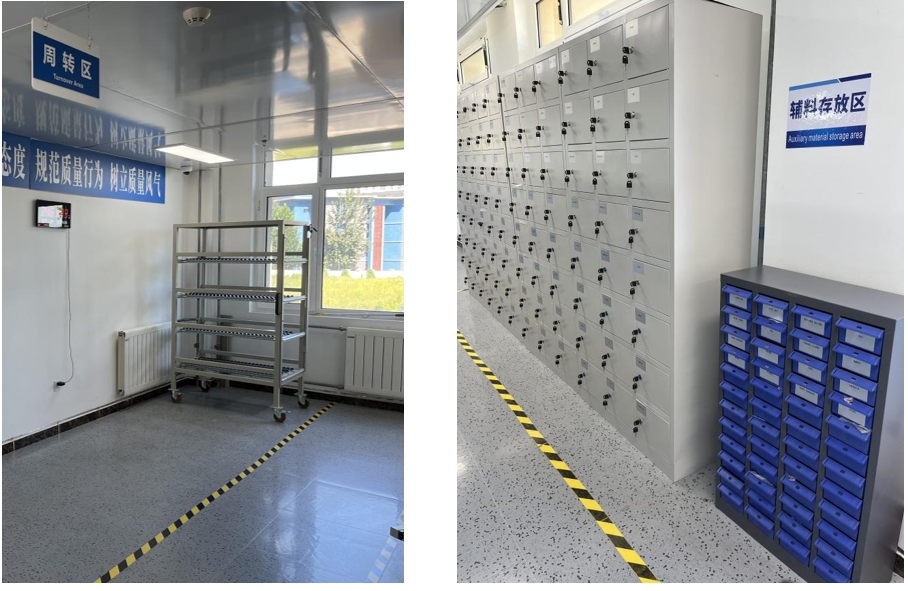
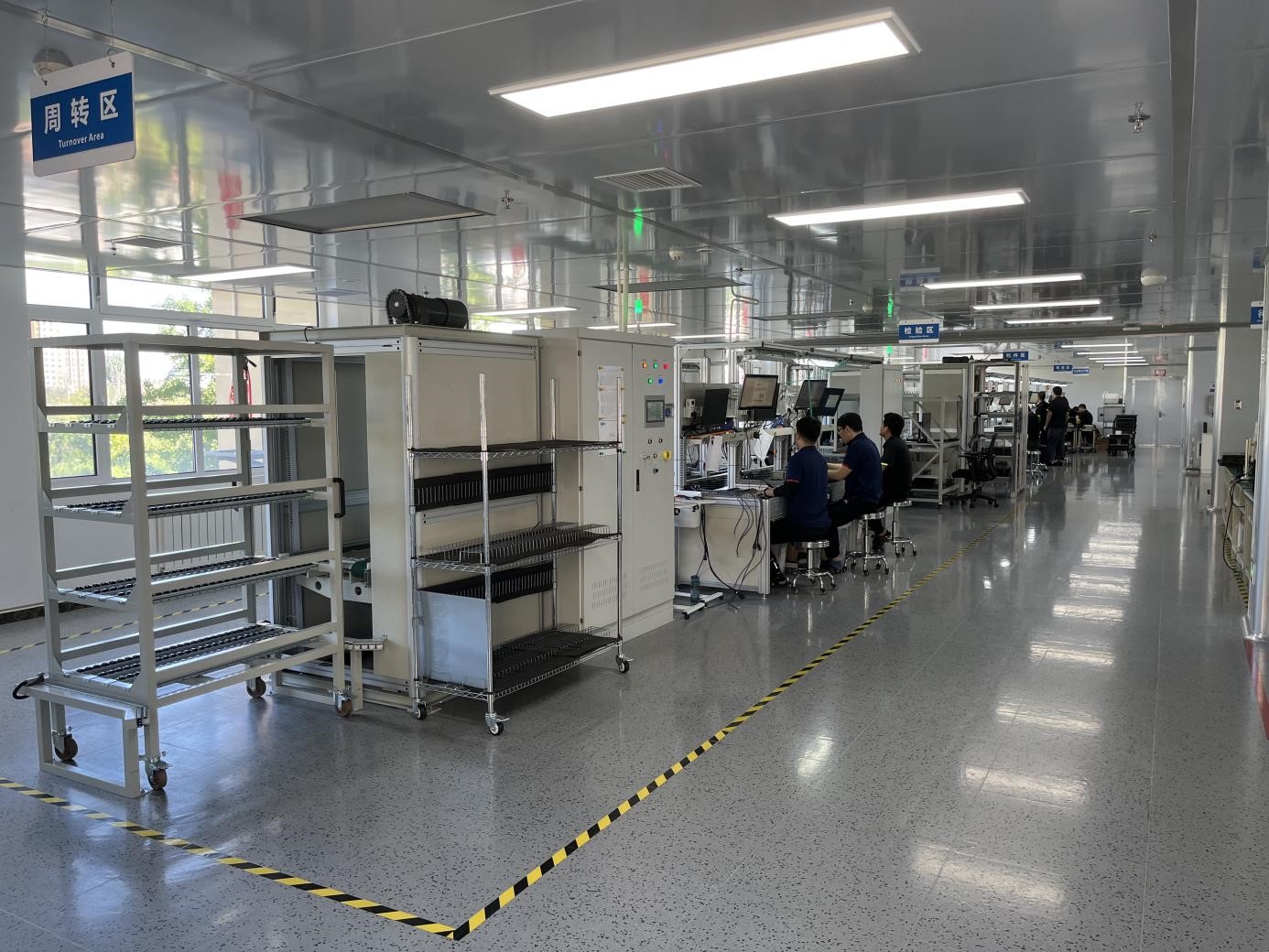
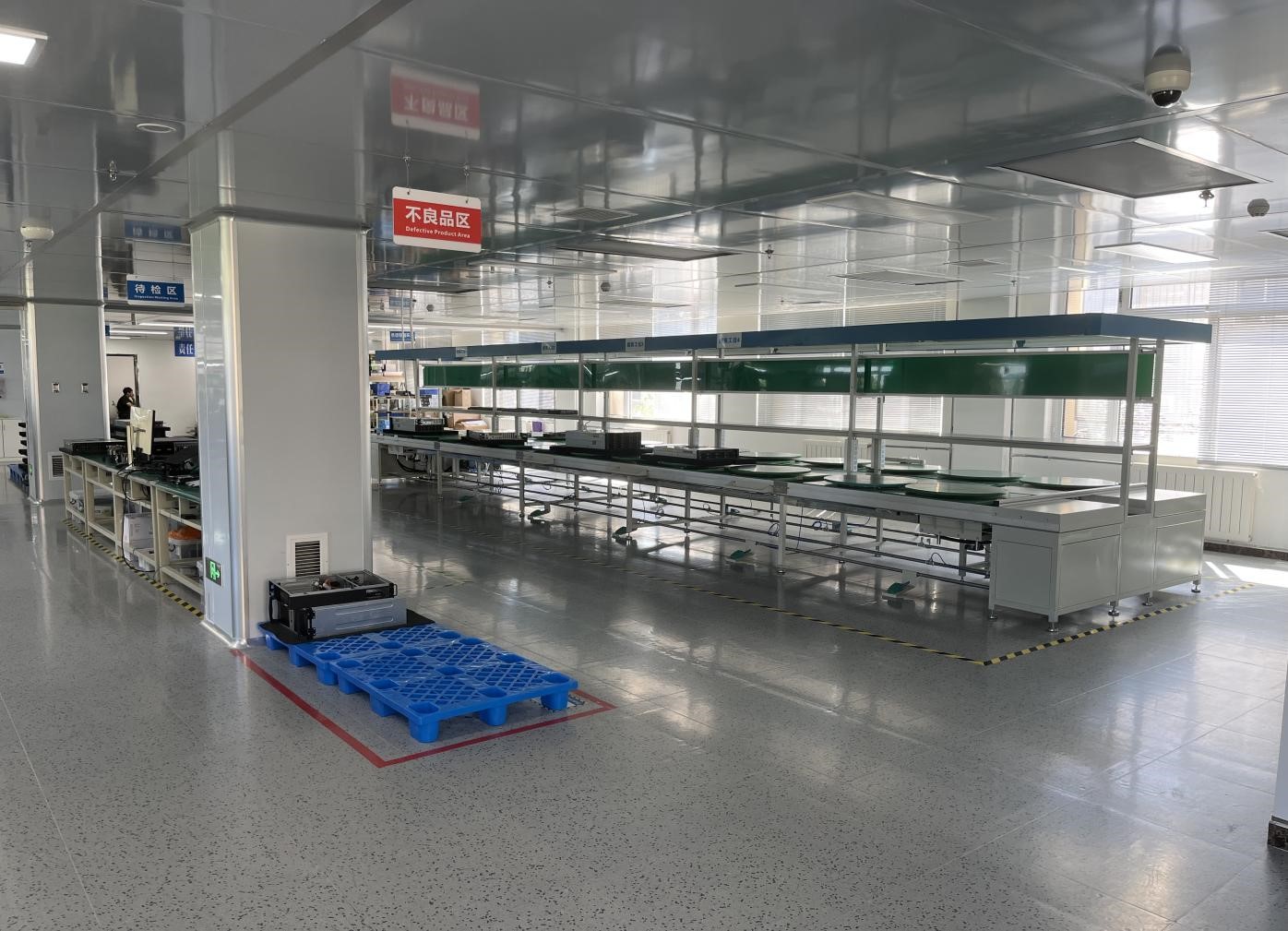

6.0Human Resources Management
Effective control of human resources is crucial for the sustainable production of qualified products. Jinpin Company ensures the recruitment of qualified and outstanding employees, training of qualified employees, motivation of excellent employees, and elimination of poor-performing employees through control in various stages of human resources management.
The company has established a "Human Resources Control Procedure" document to clarify the procedures and methods for human resources management.
The company has established an organizational structure and job SOPs, clarifying job qualifications and responsibilities to make recruitment and training more clear and executable.
The company has developed relevant training plans, implemented related training and assessments, and continuously enhanced employees' learning ability, knowledge reserves, and job skills.
The company has implemented a KPI assessment mechanism to strengthen performance assessment and motivation.
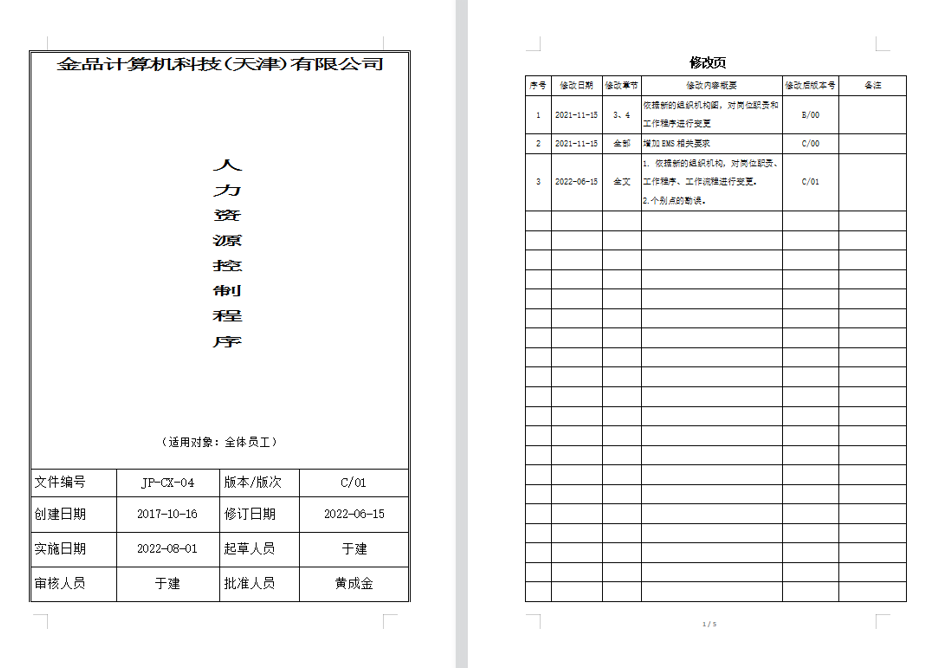
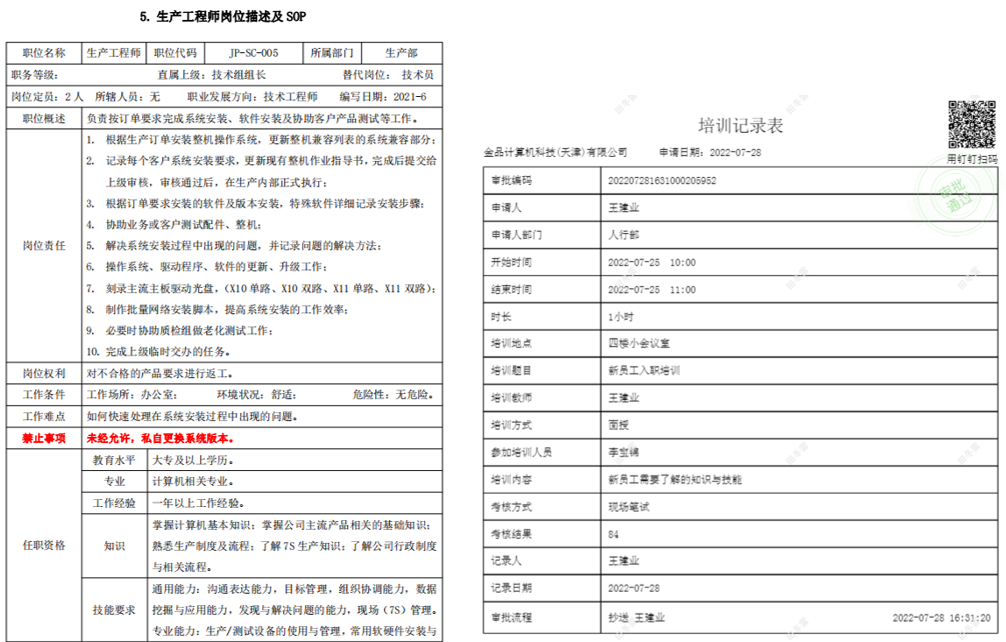
7.Document Control
In accordance with ISO 9001 Quality Management and ISO 14001 Environmental Management Standards, the company has established a "Document and Record Control Procedure" to standardize the management of company documents and quality and environmental records. Document control involves controlling the processes of document writing, review, approval, issuance, use, change, re-approval, identification, recall, and invalidation to ensure that all departments and workplaces use current and effective documents and information (i.e., applicable versions) and prevent the use of obsolete documents, thereby achieving the compliance of the company's quality and environmental management system.
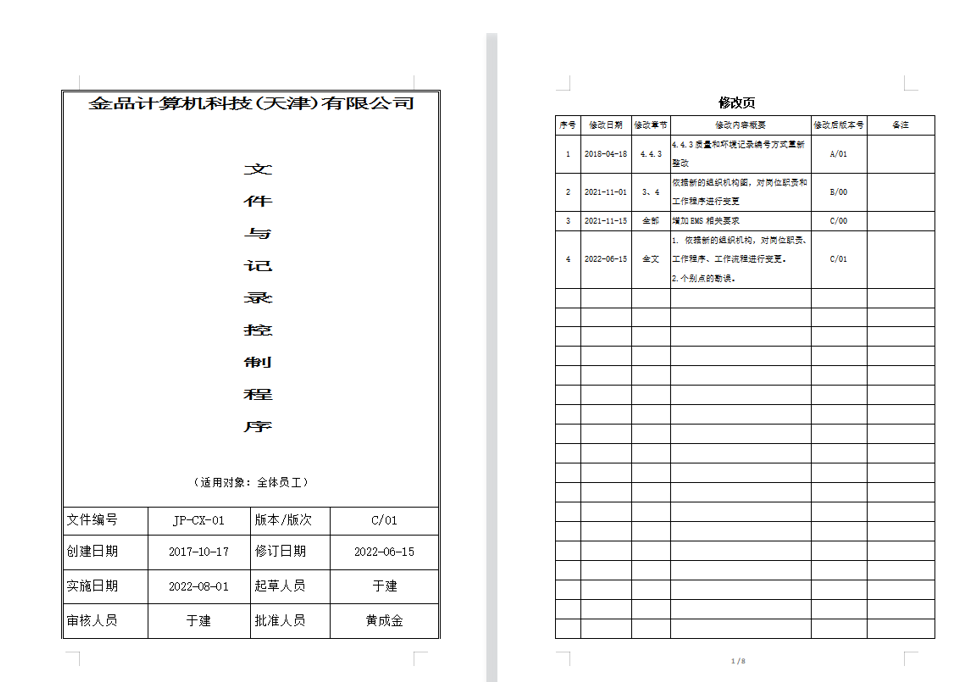


SALES:+86 18122755482 Email:jinpin.hsjs@gmail.com

ADD:4th Street, Shangdi, Haidian District, Beijing, China